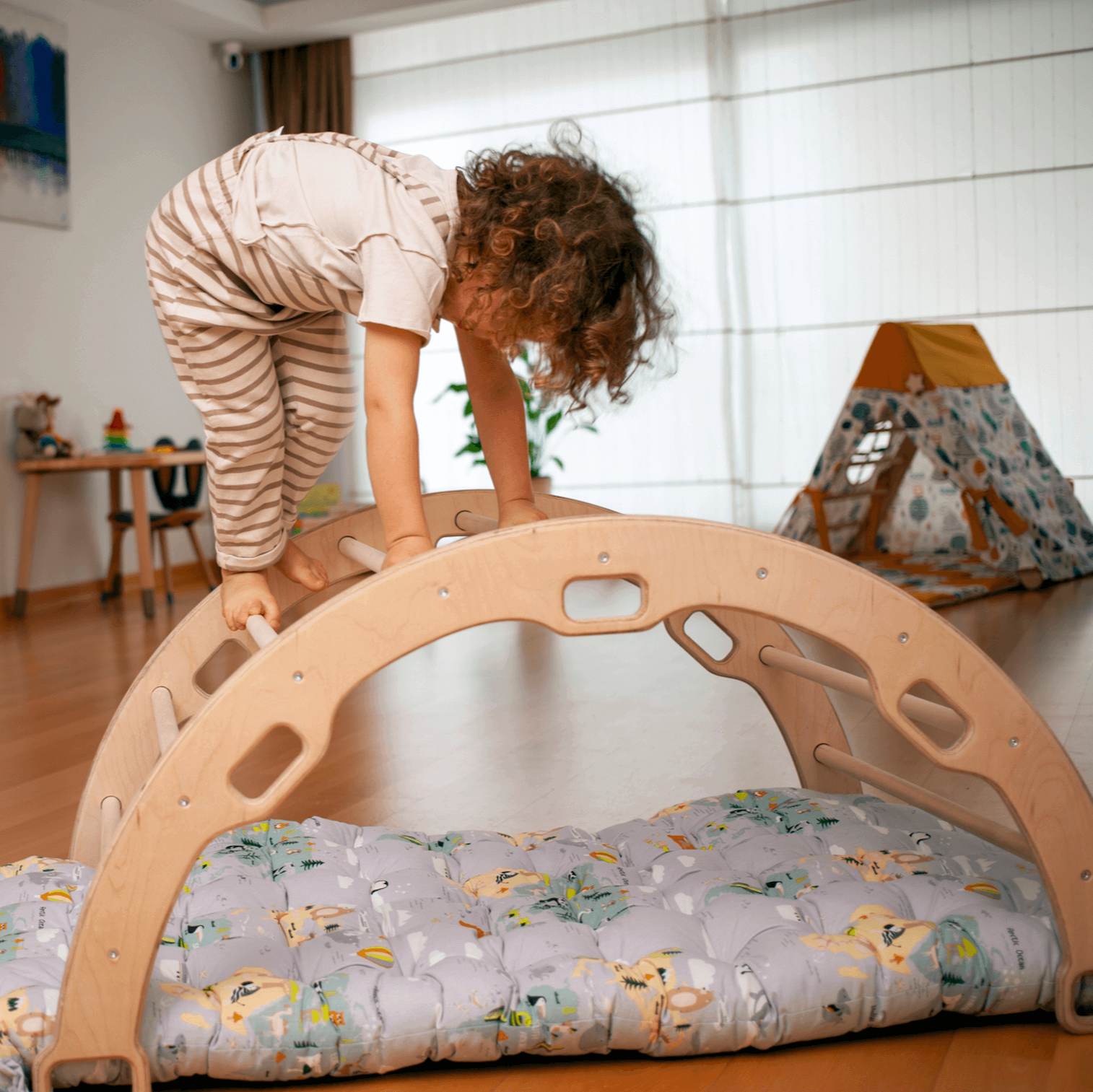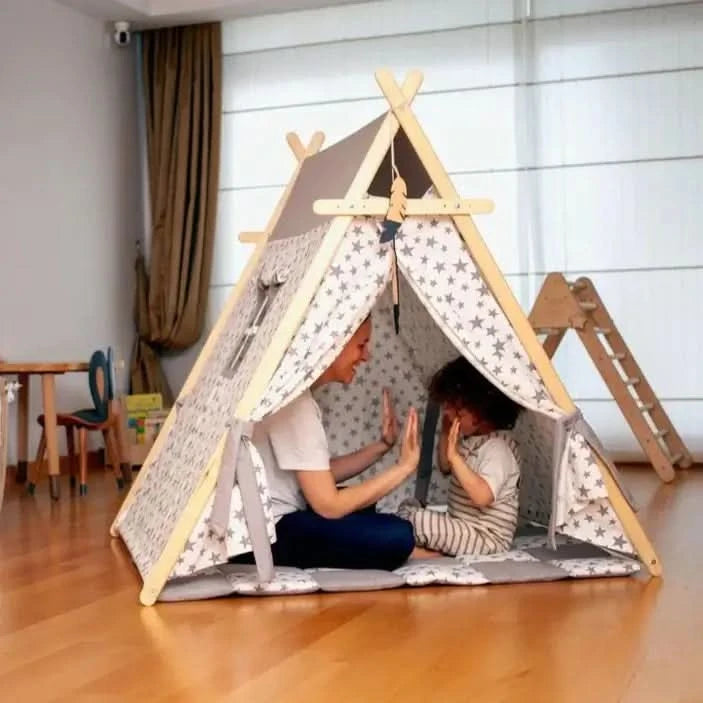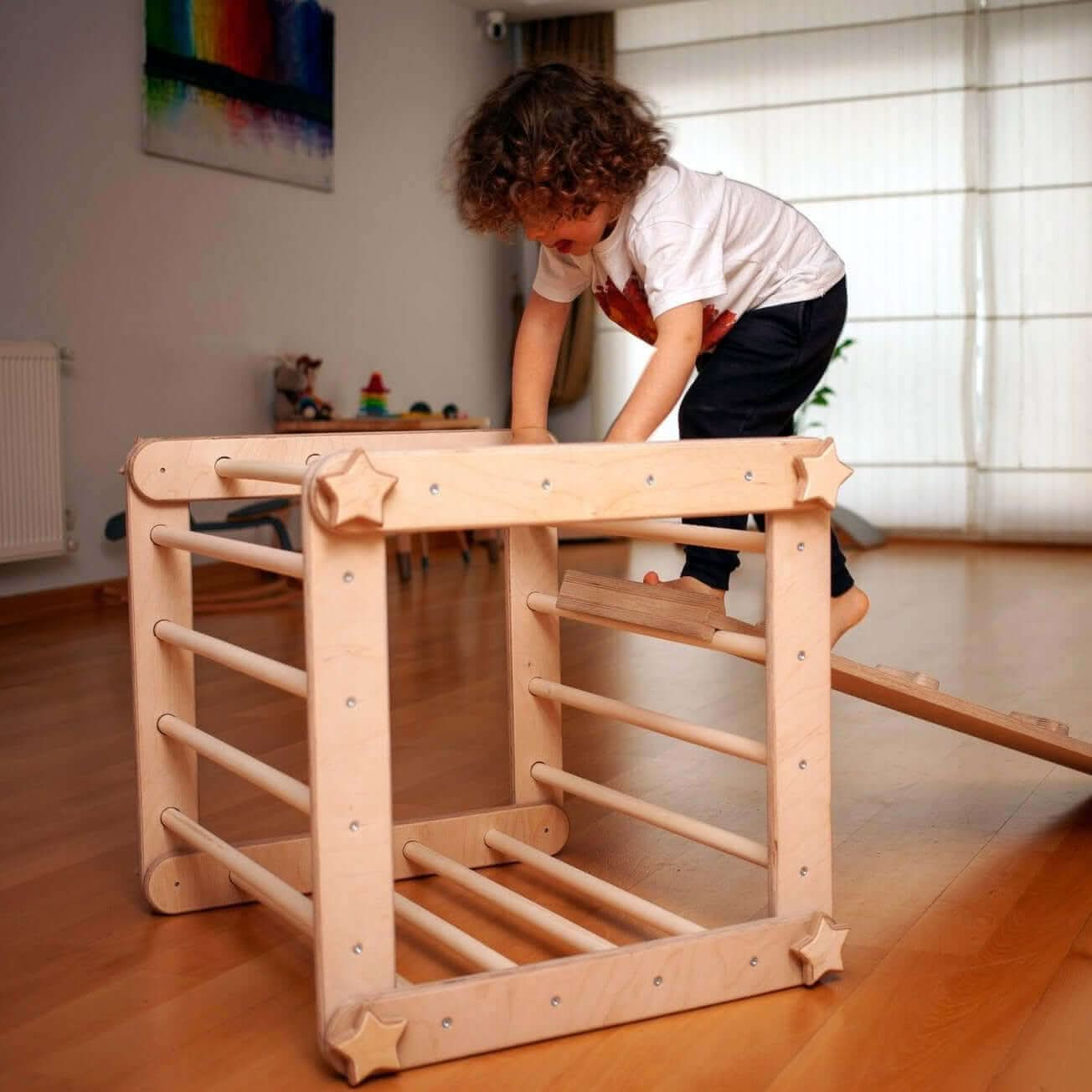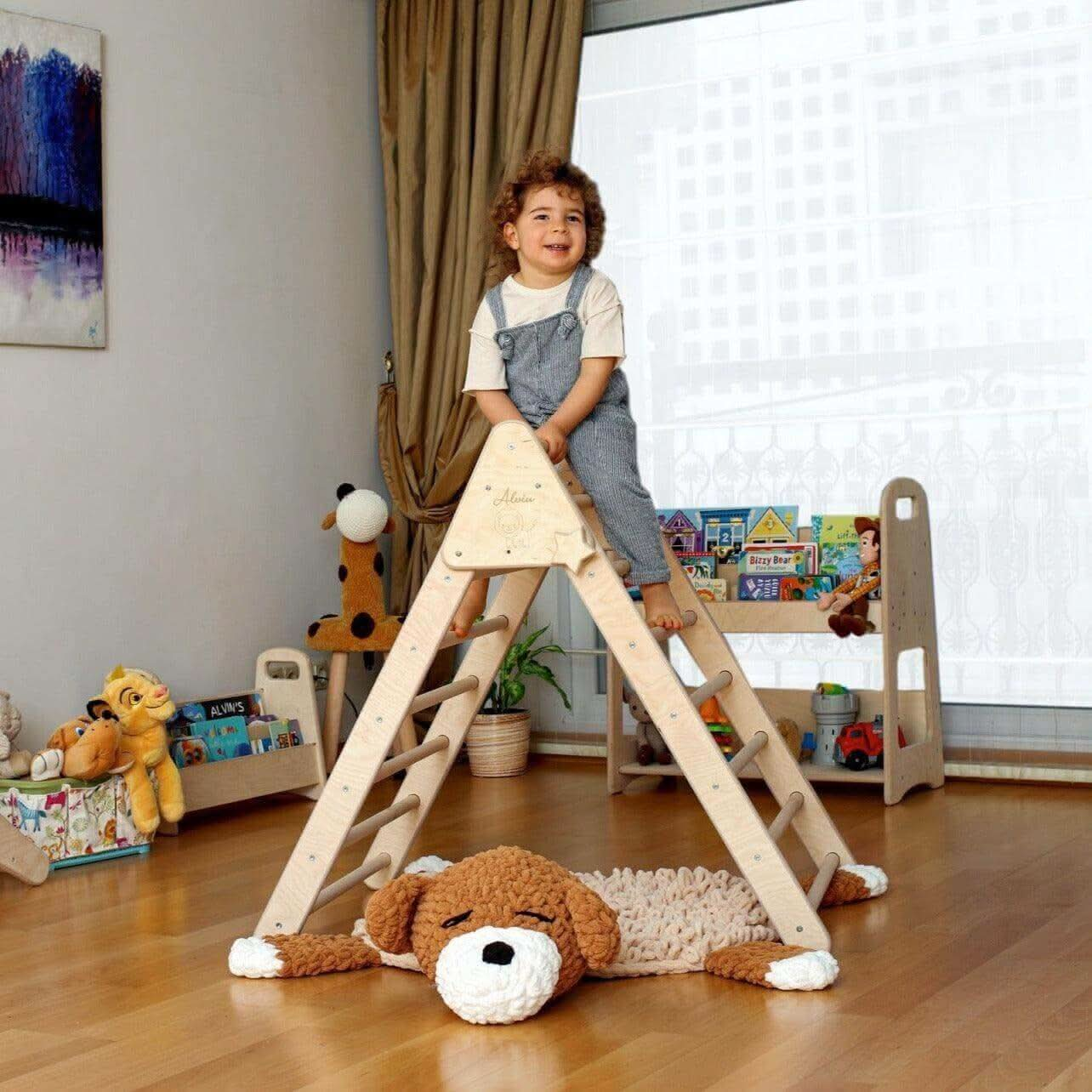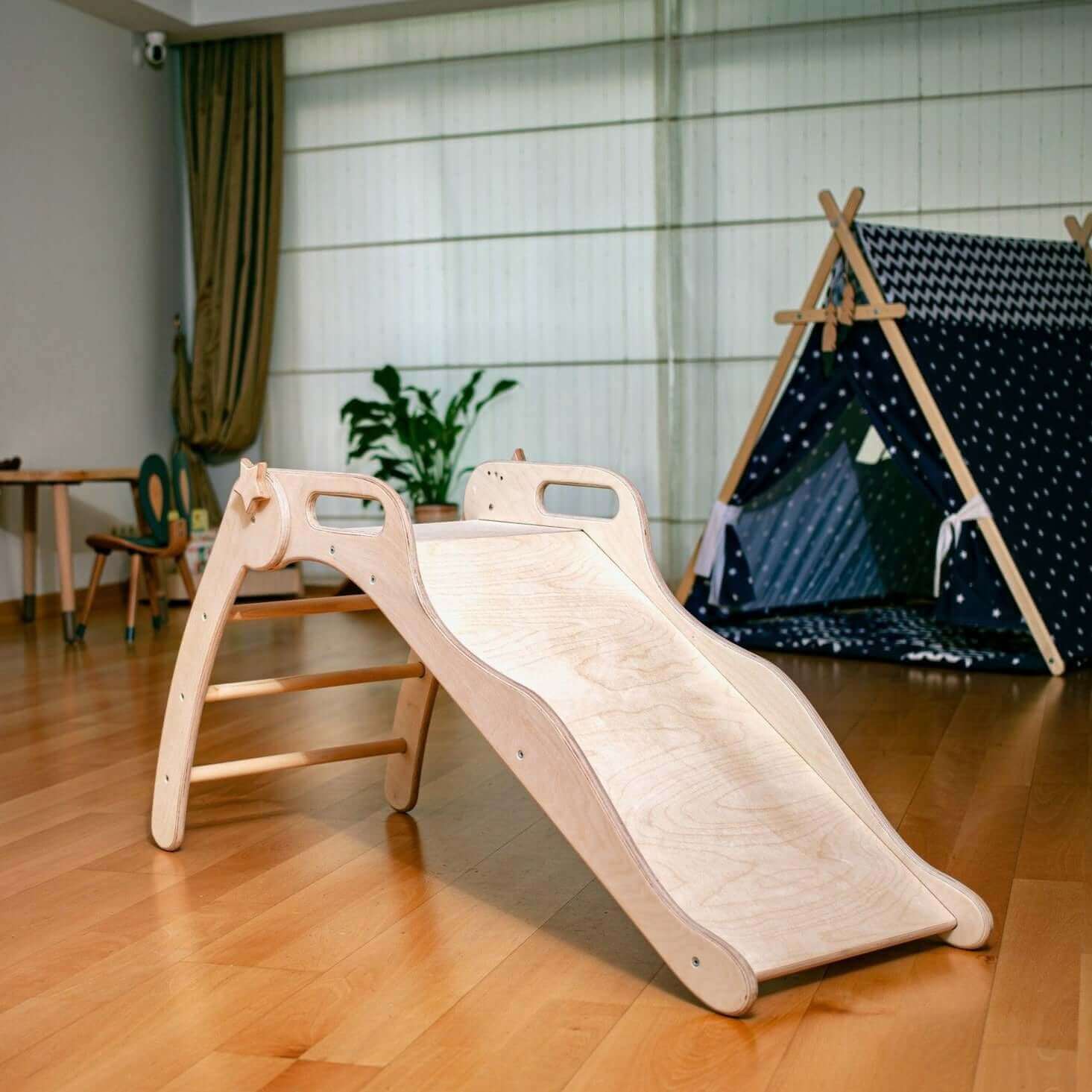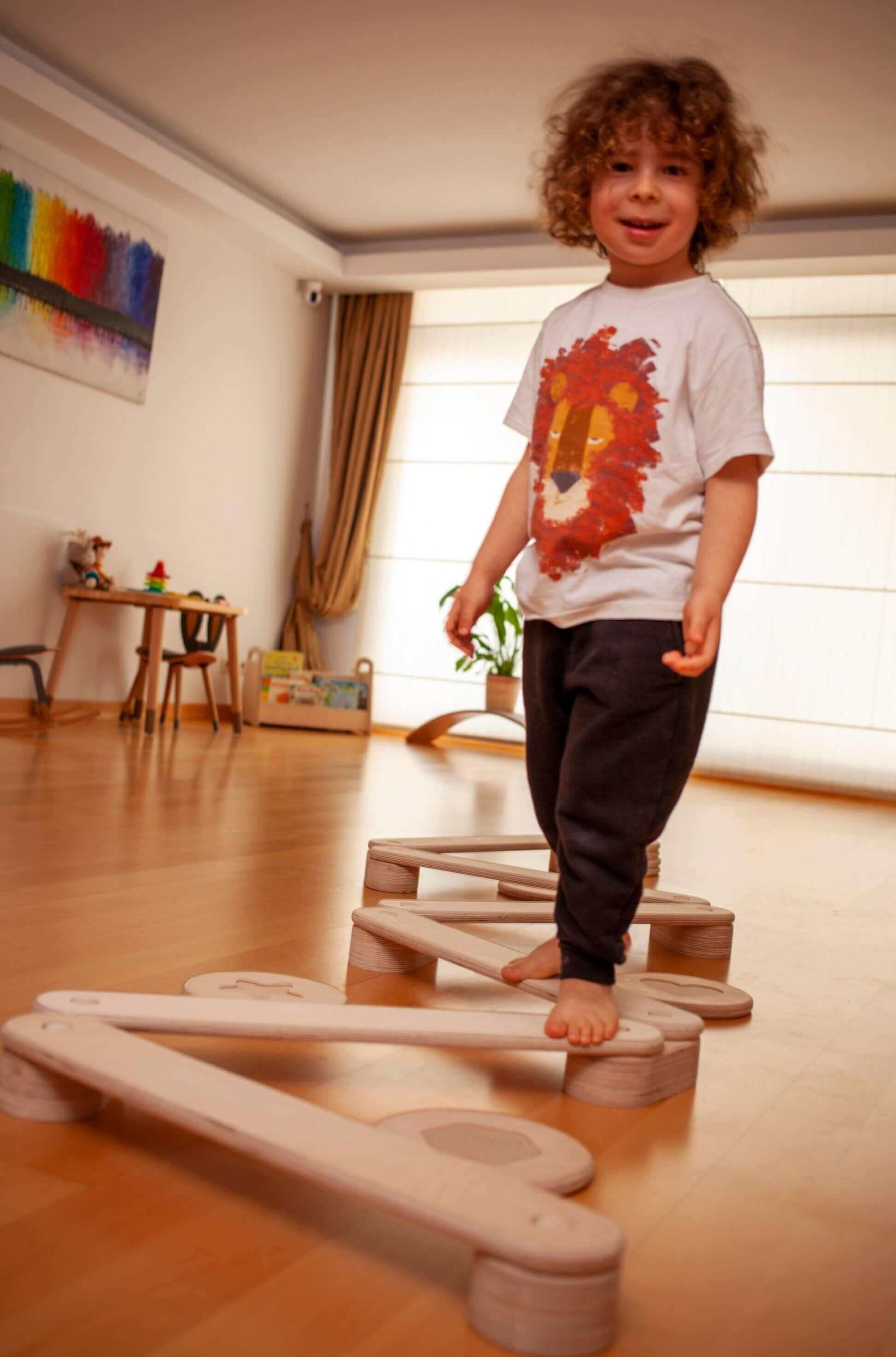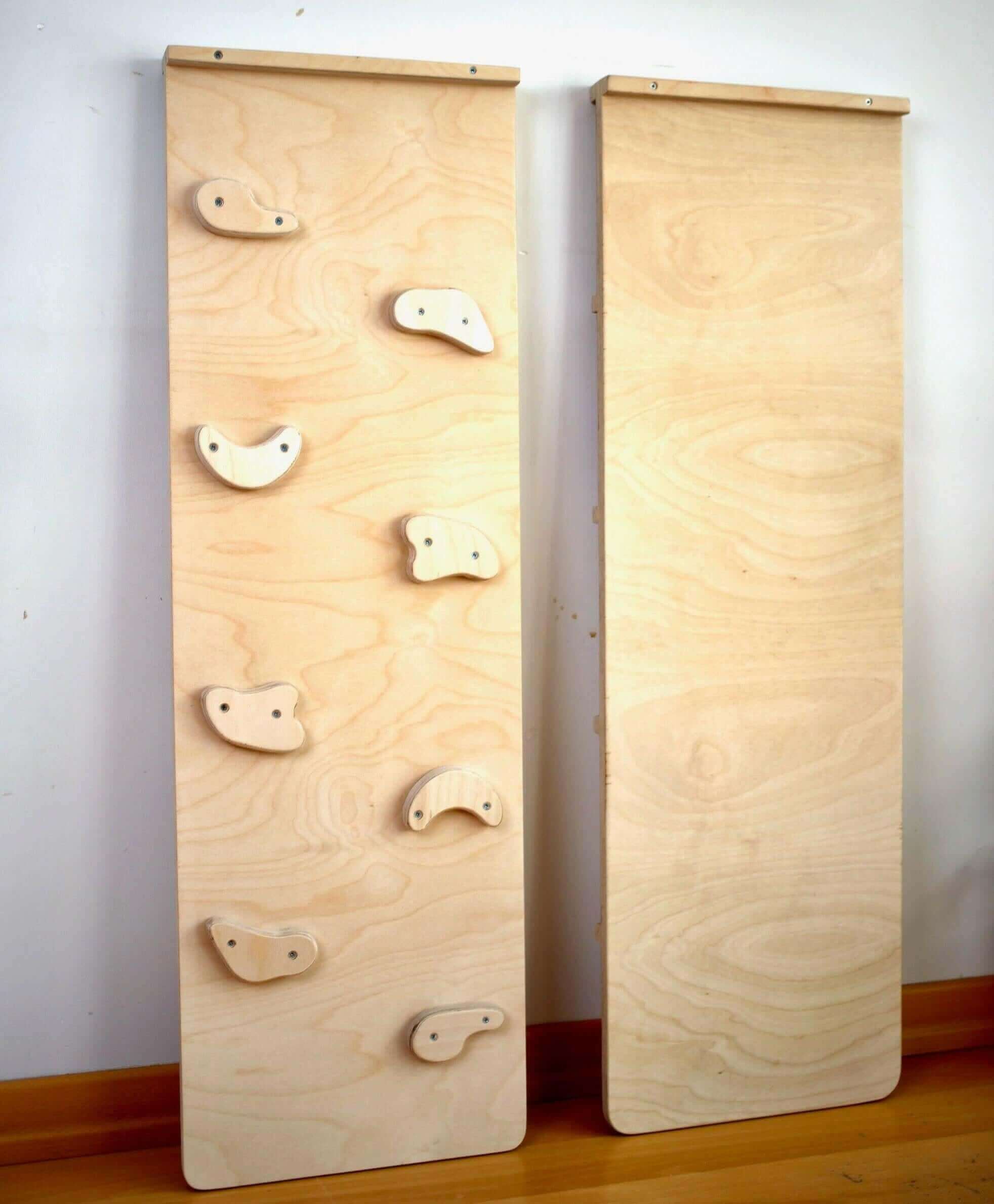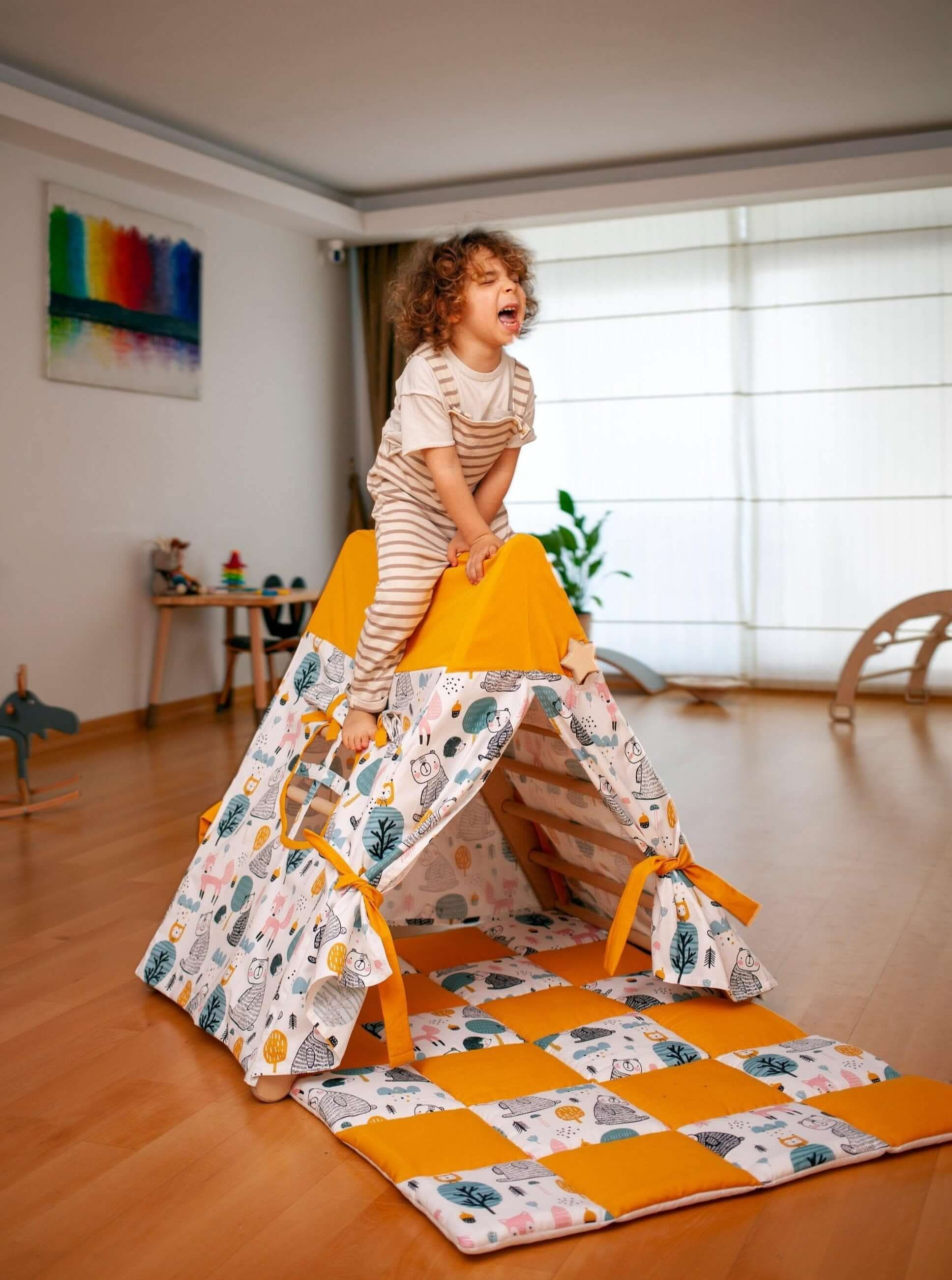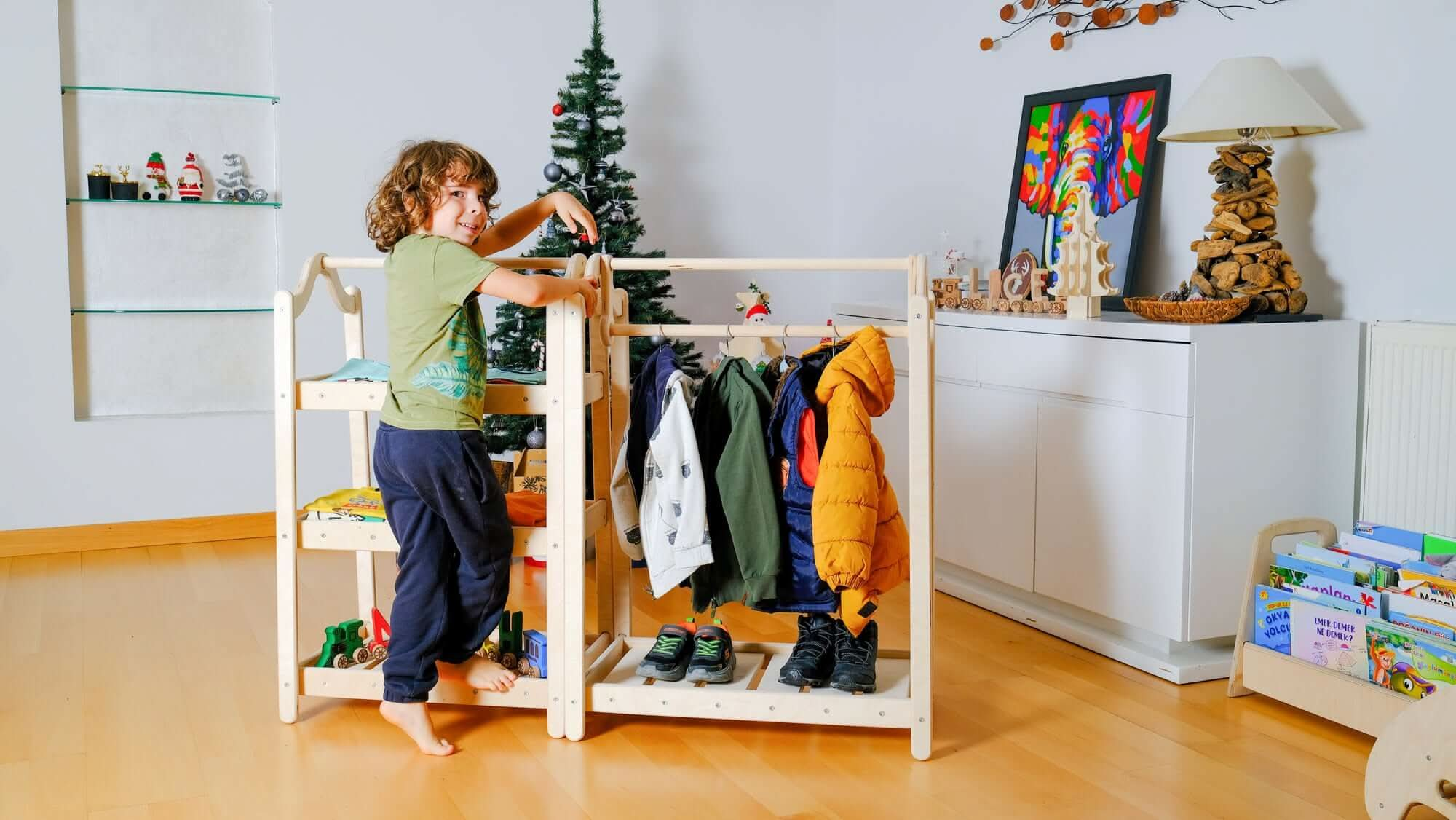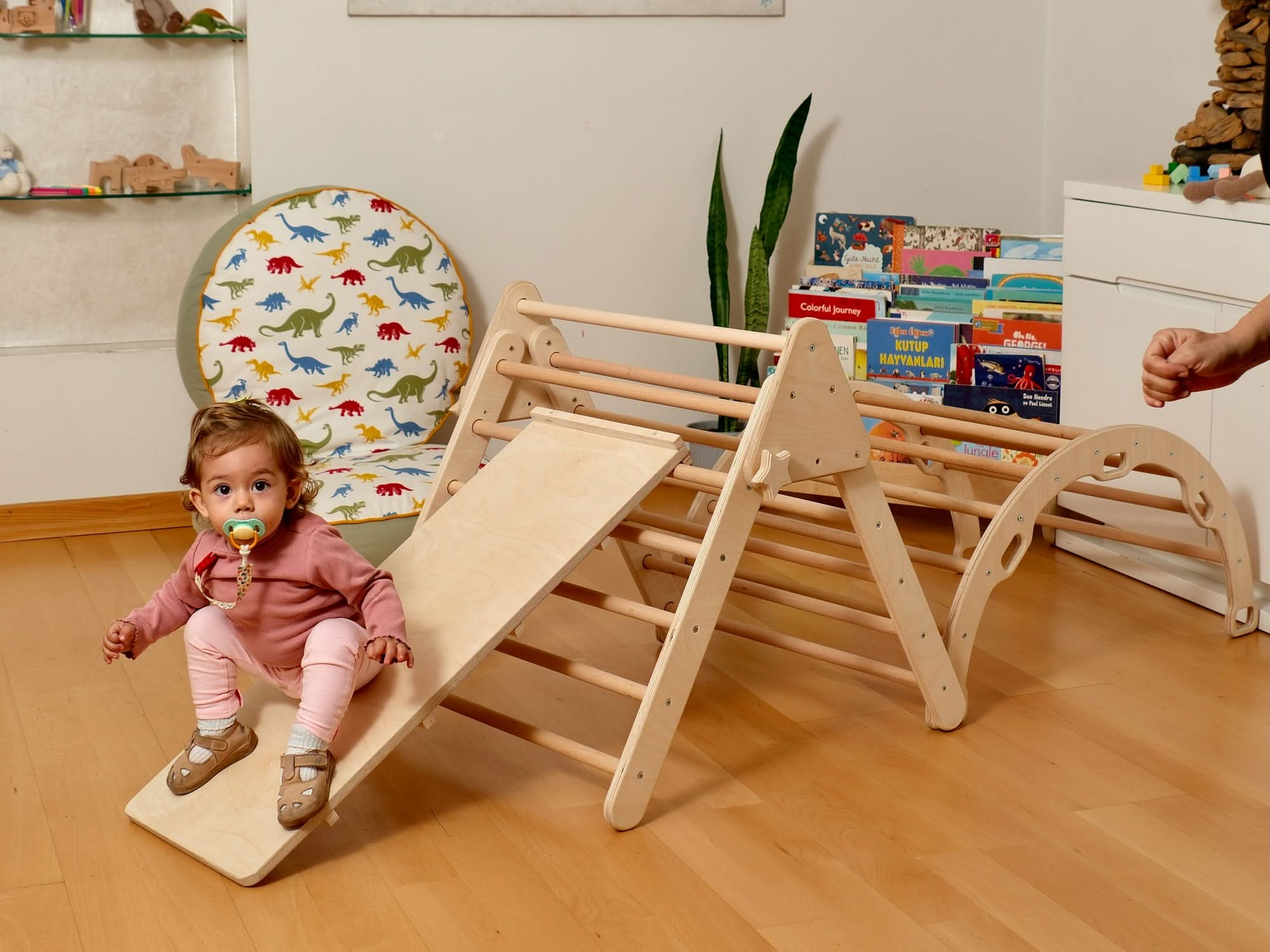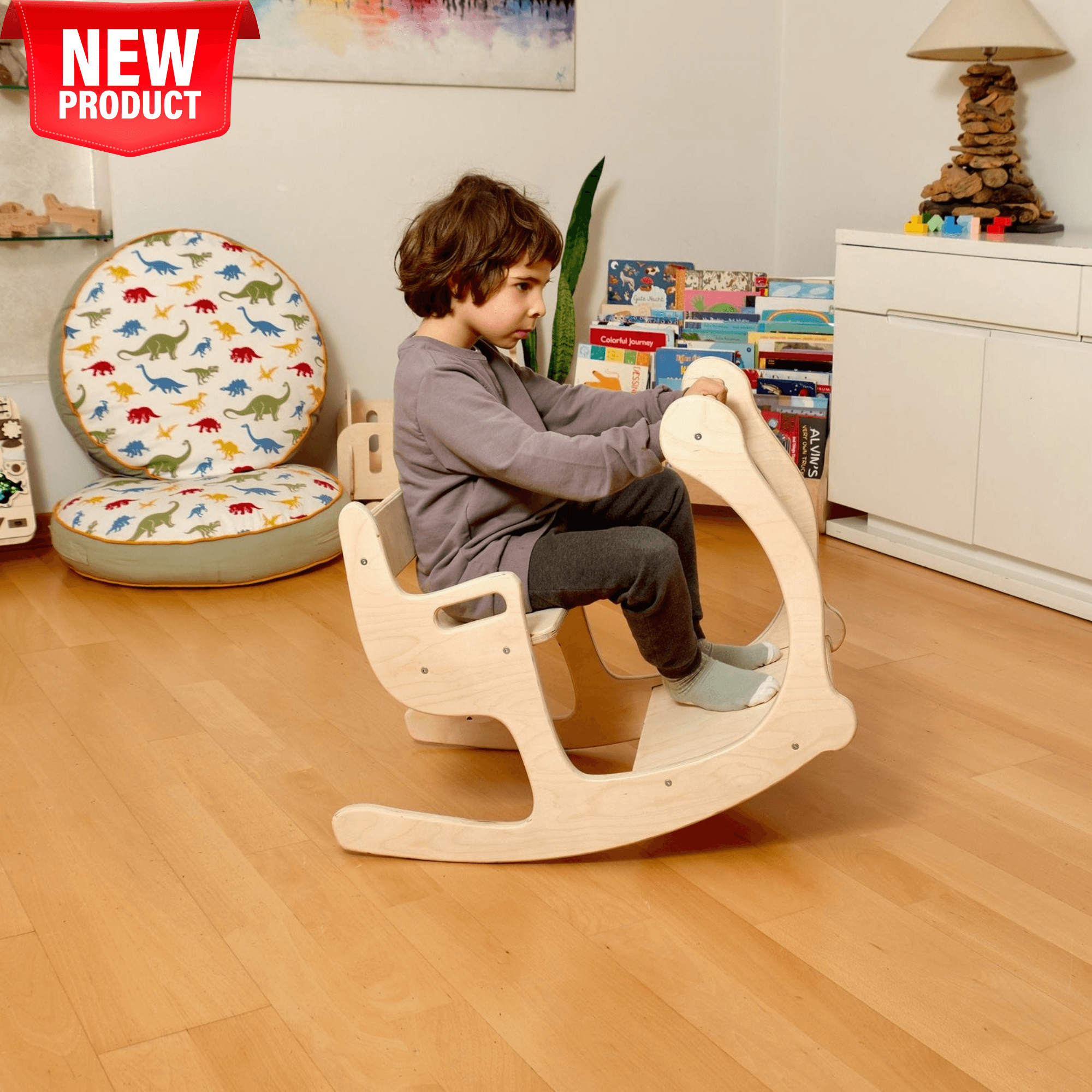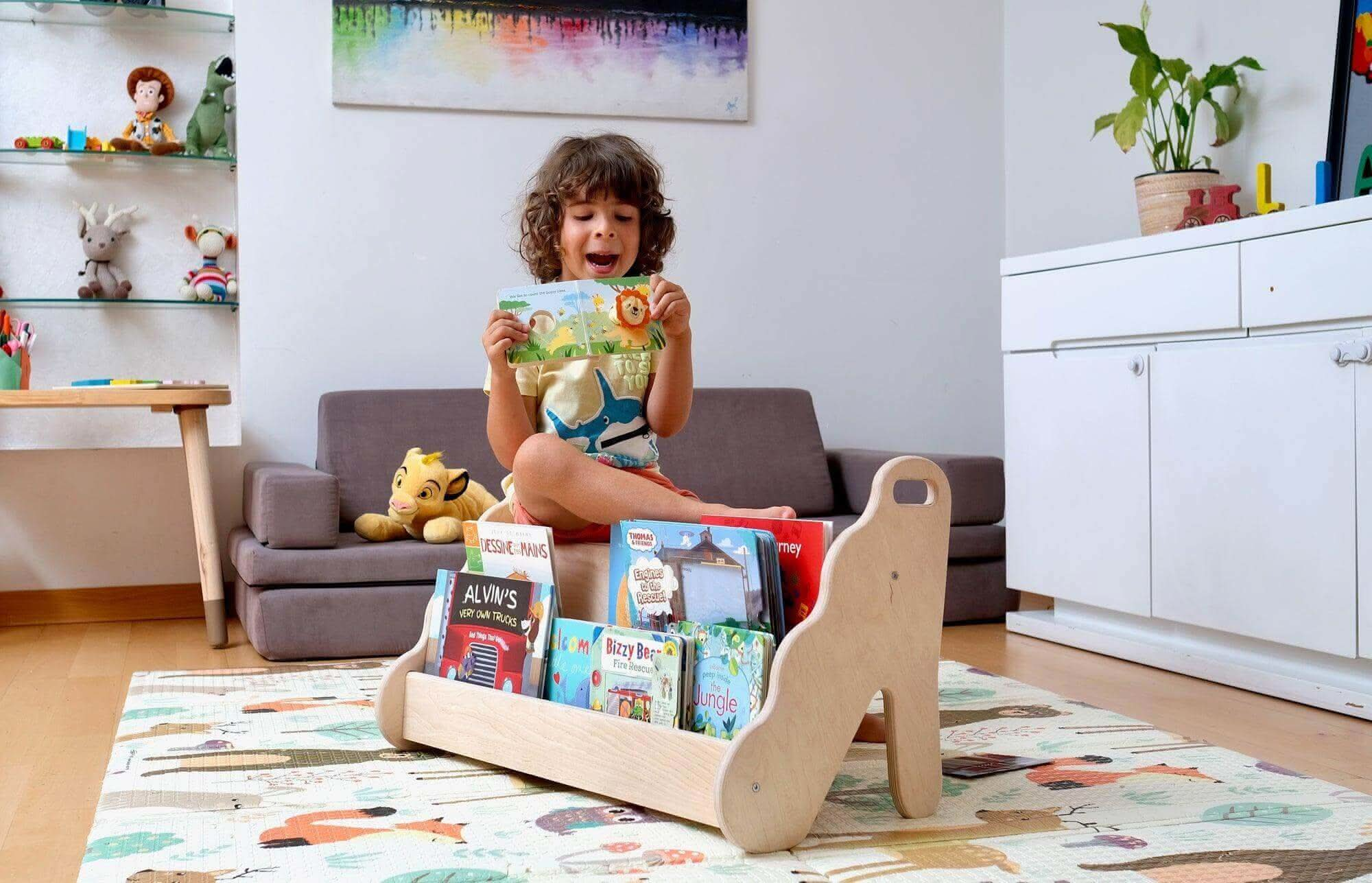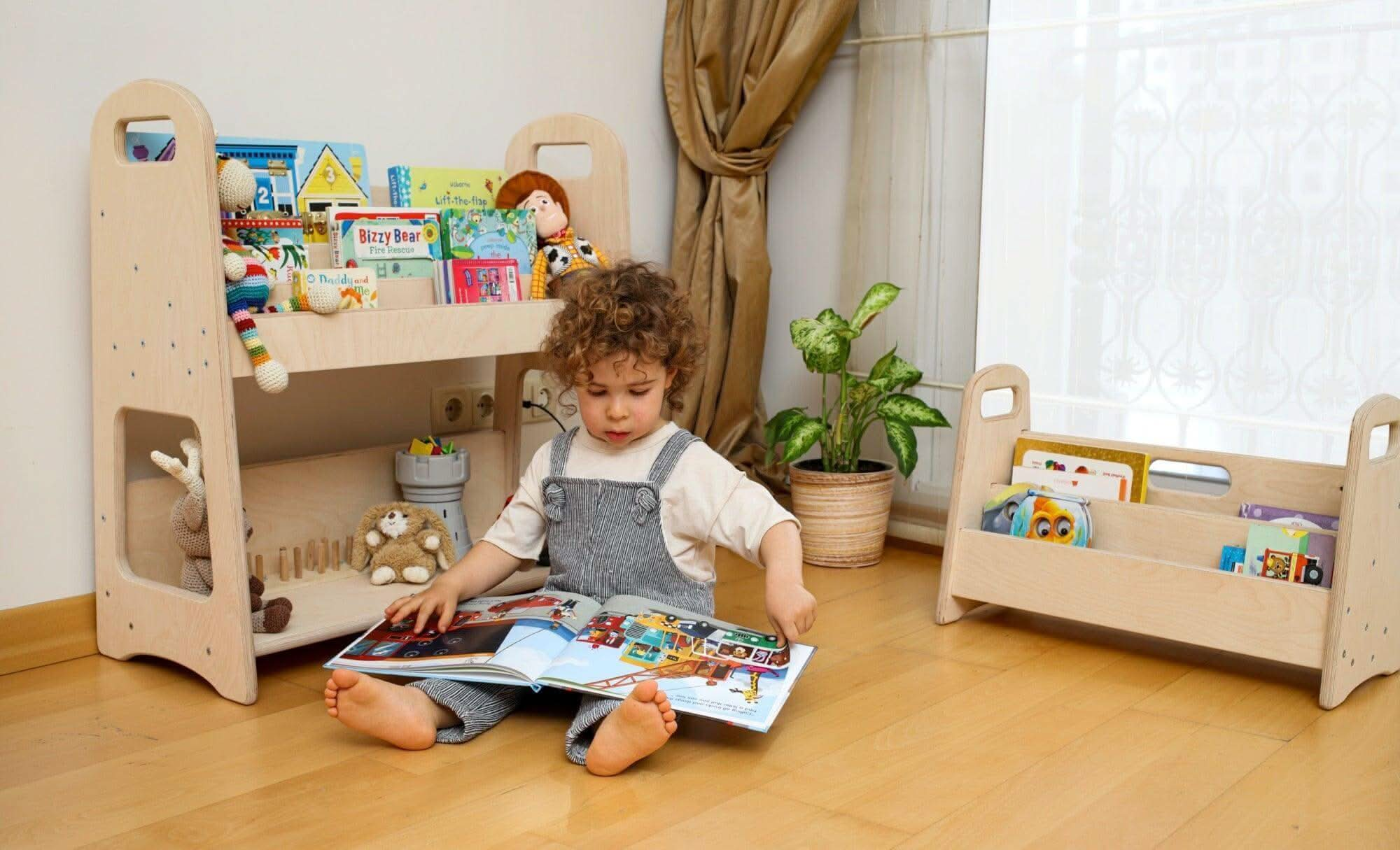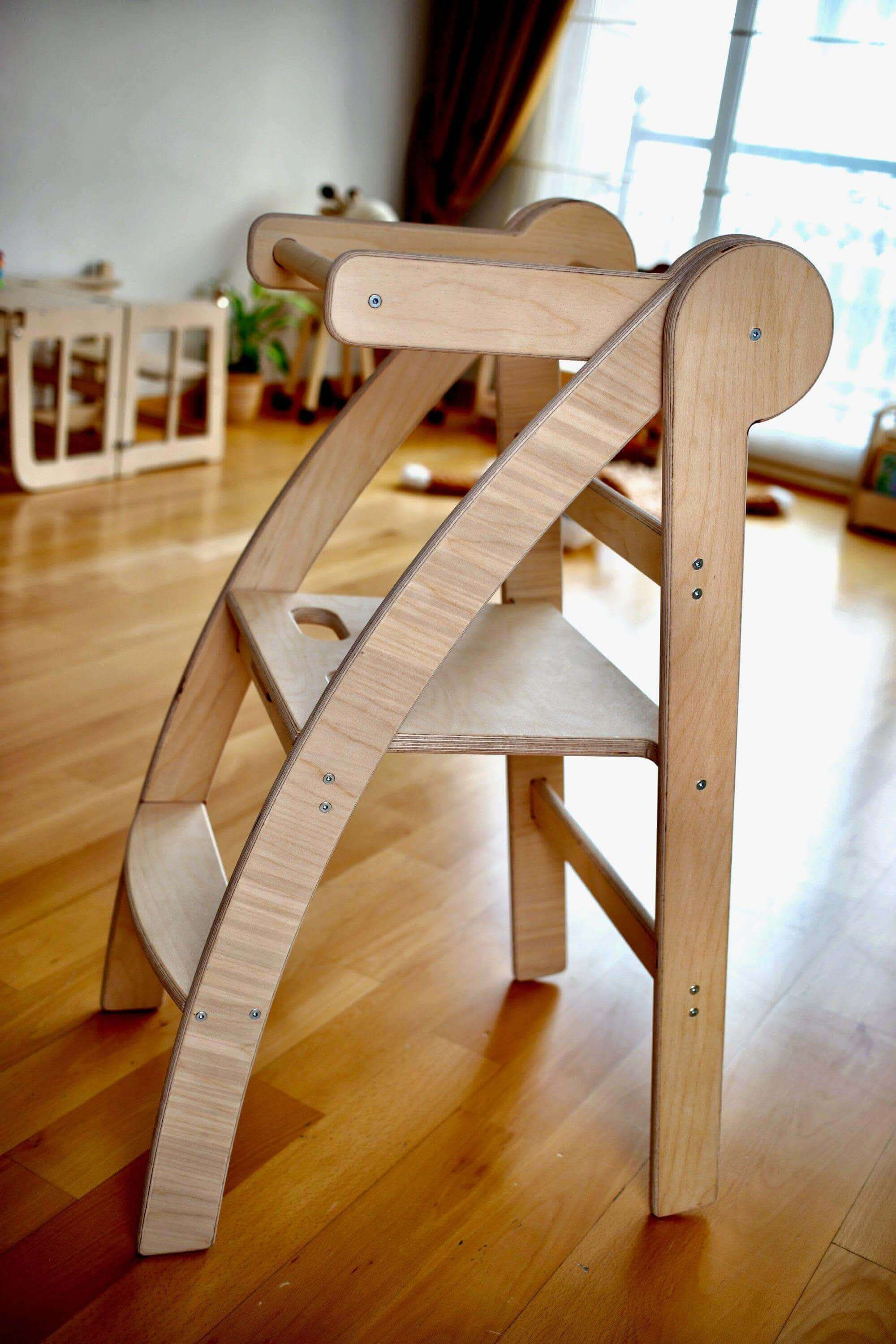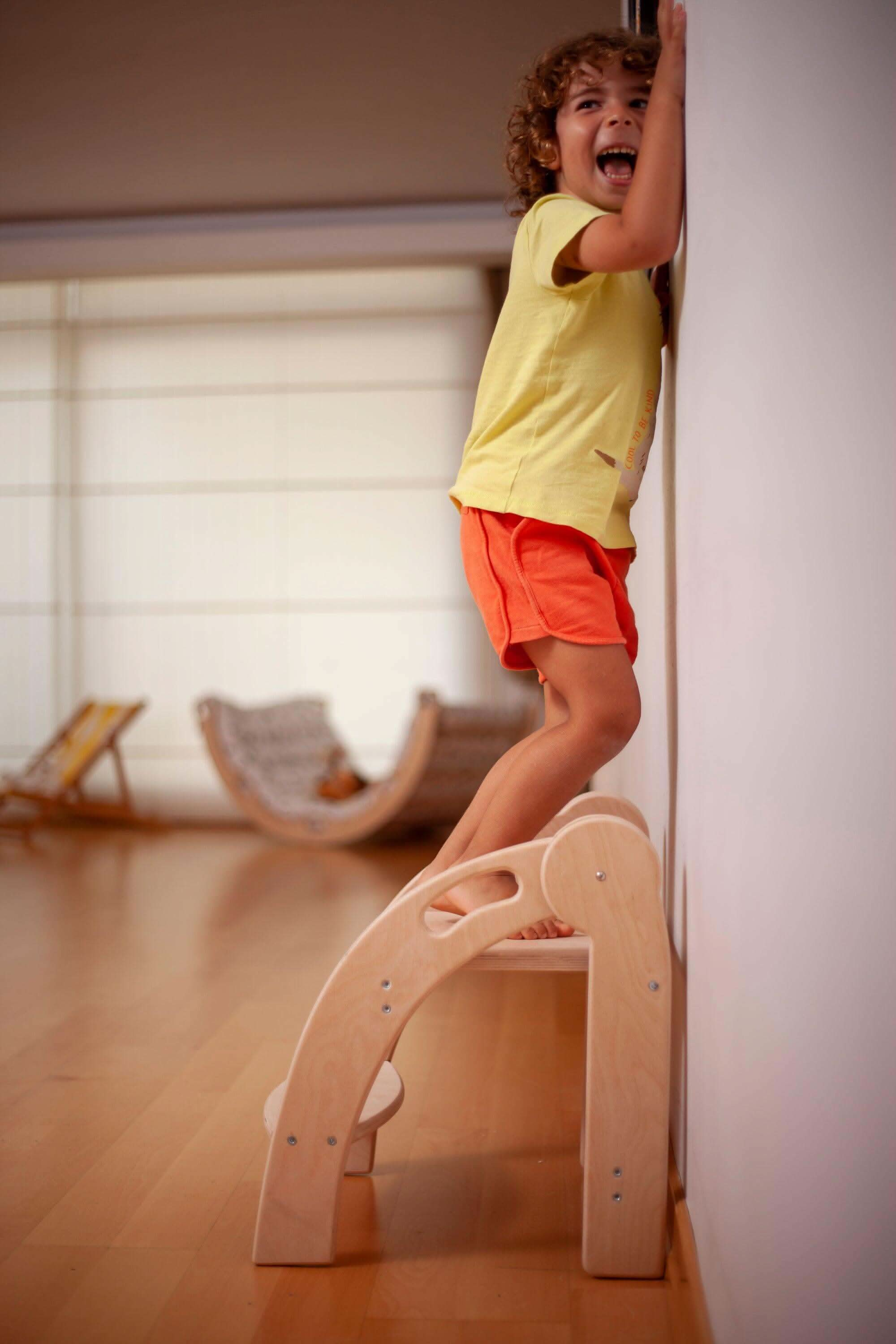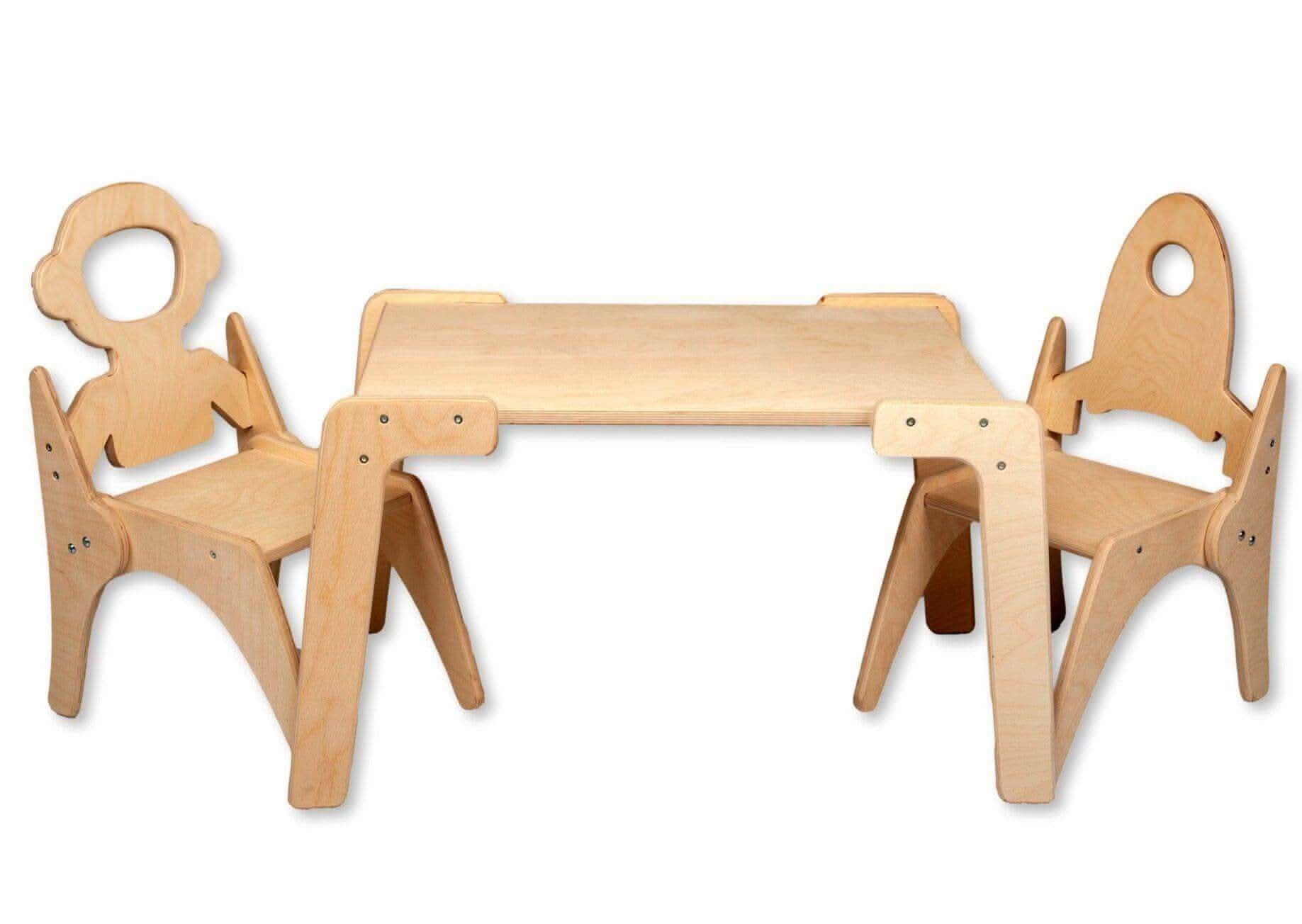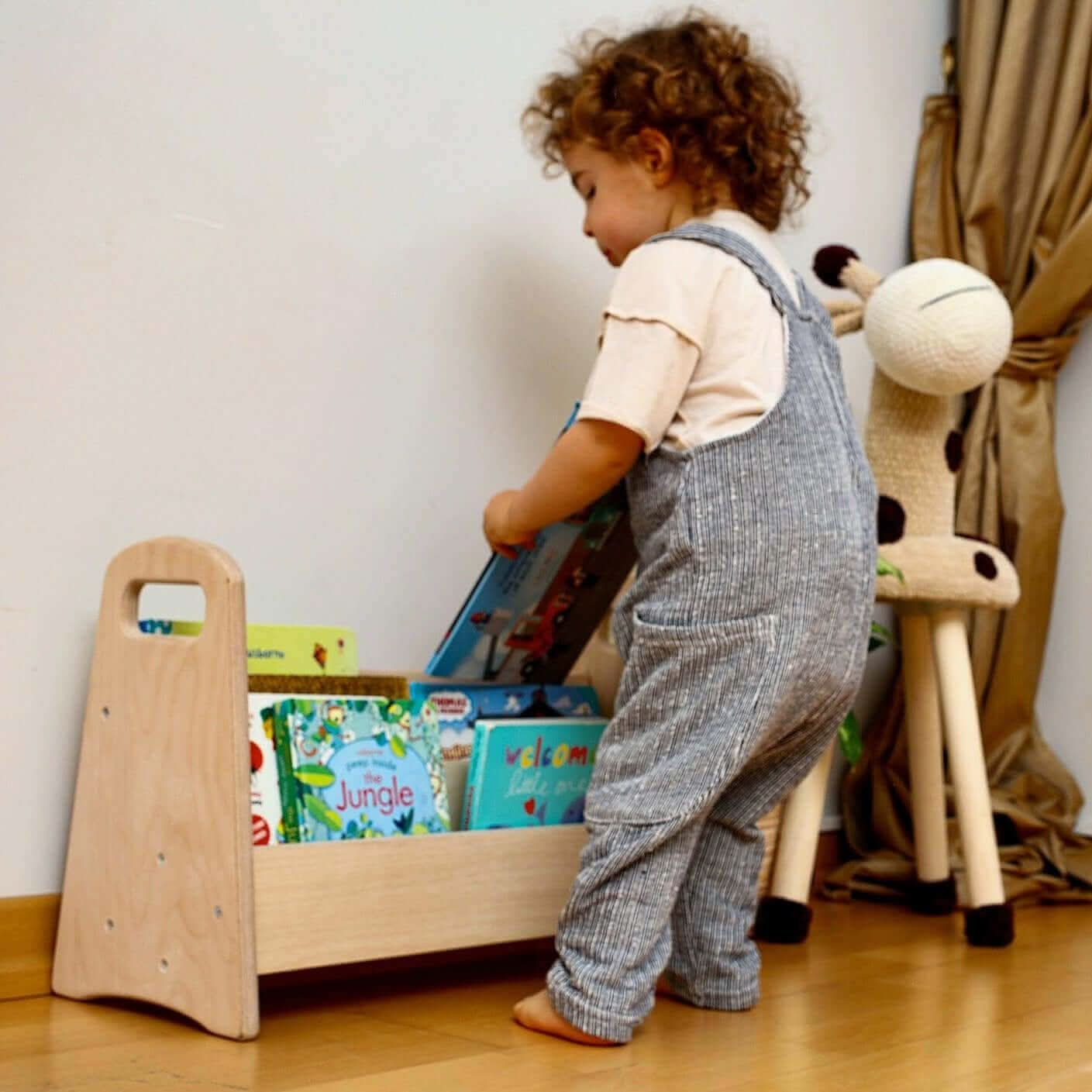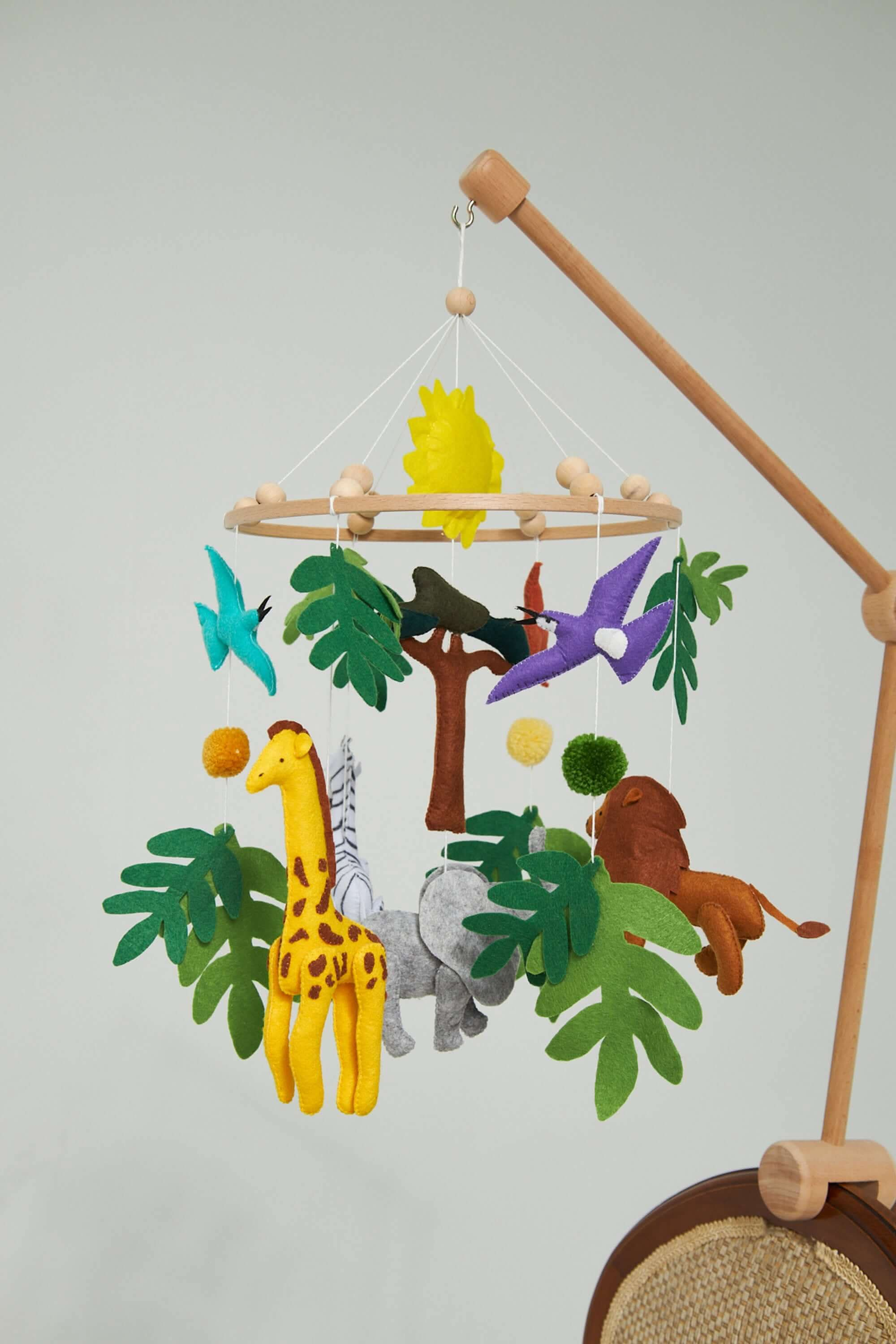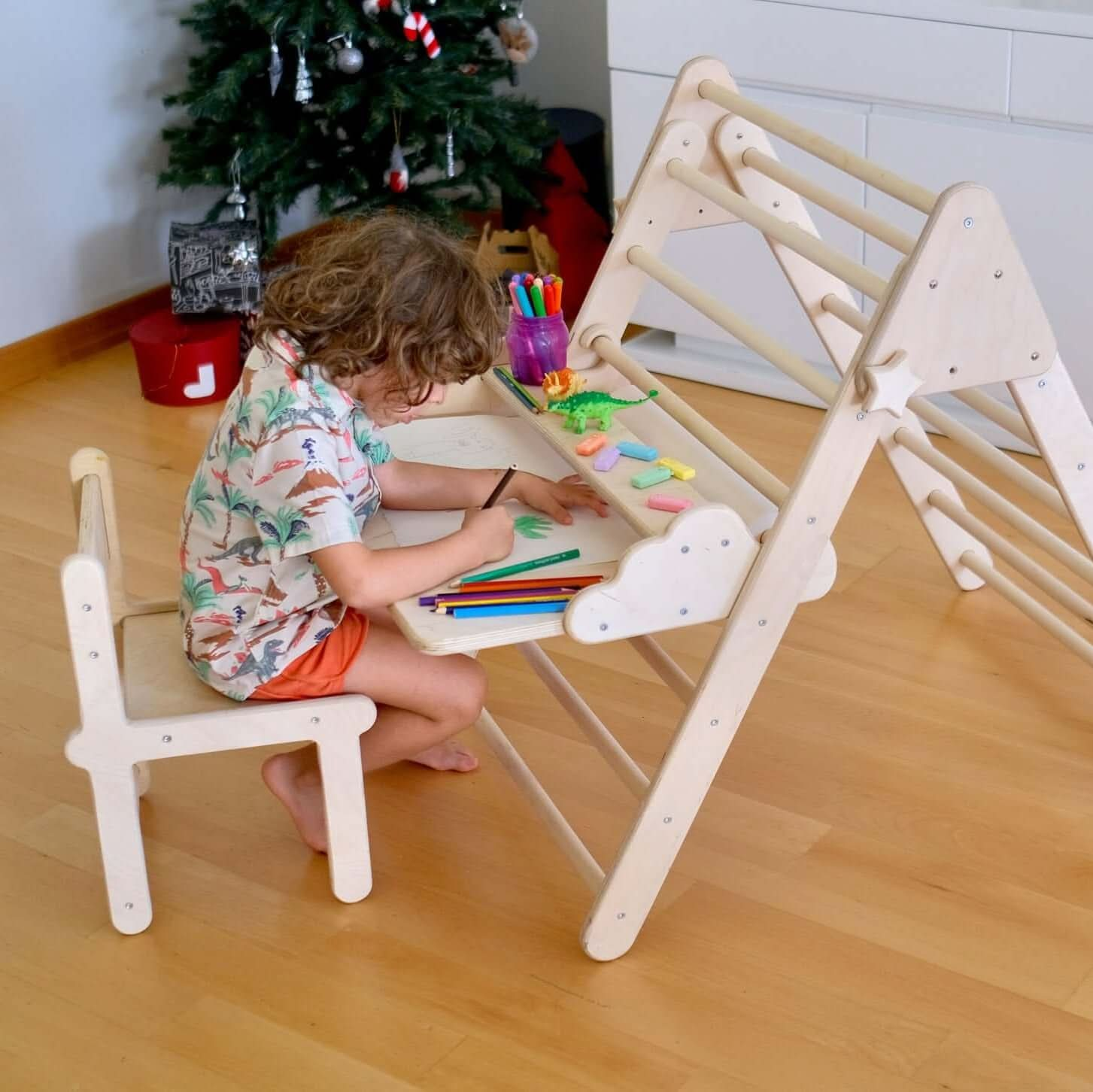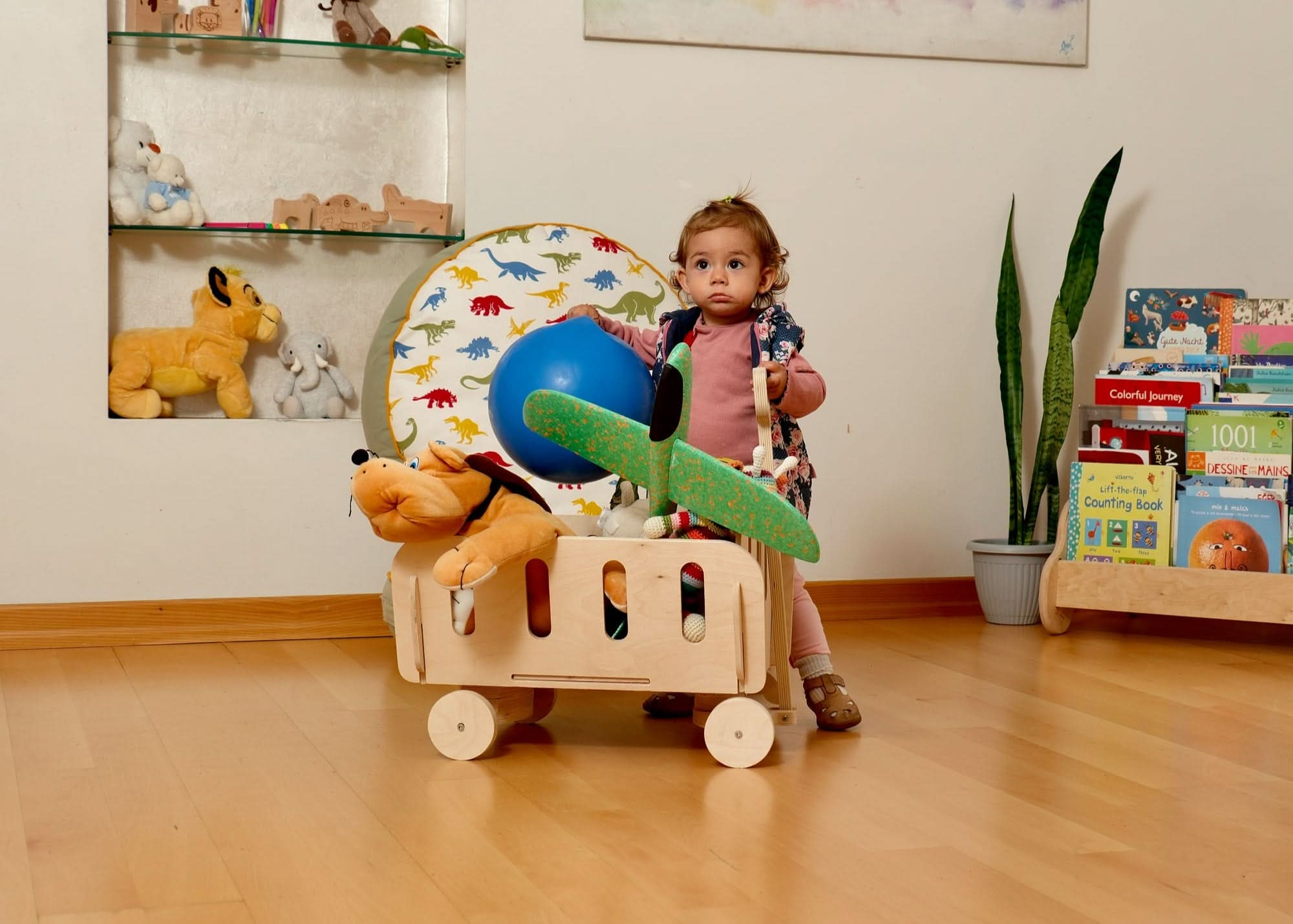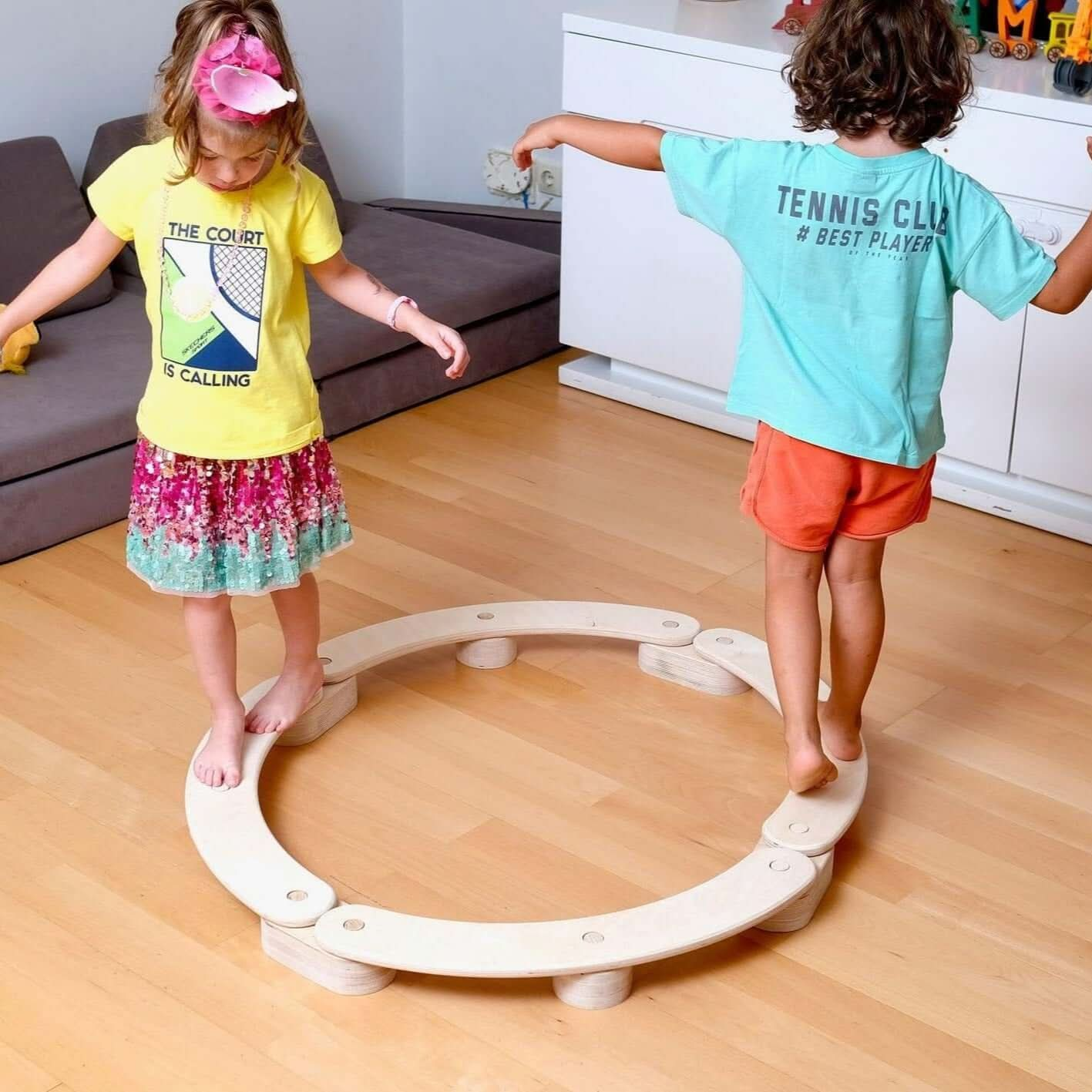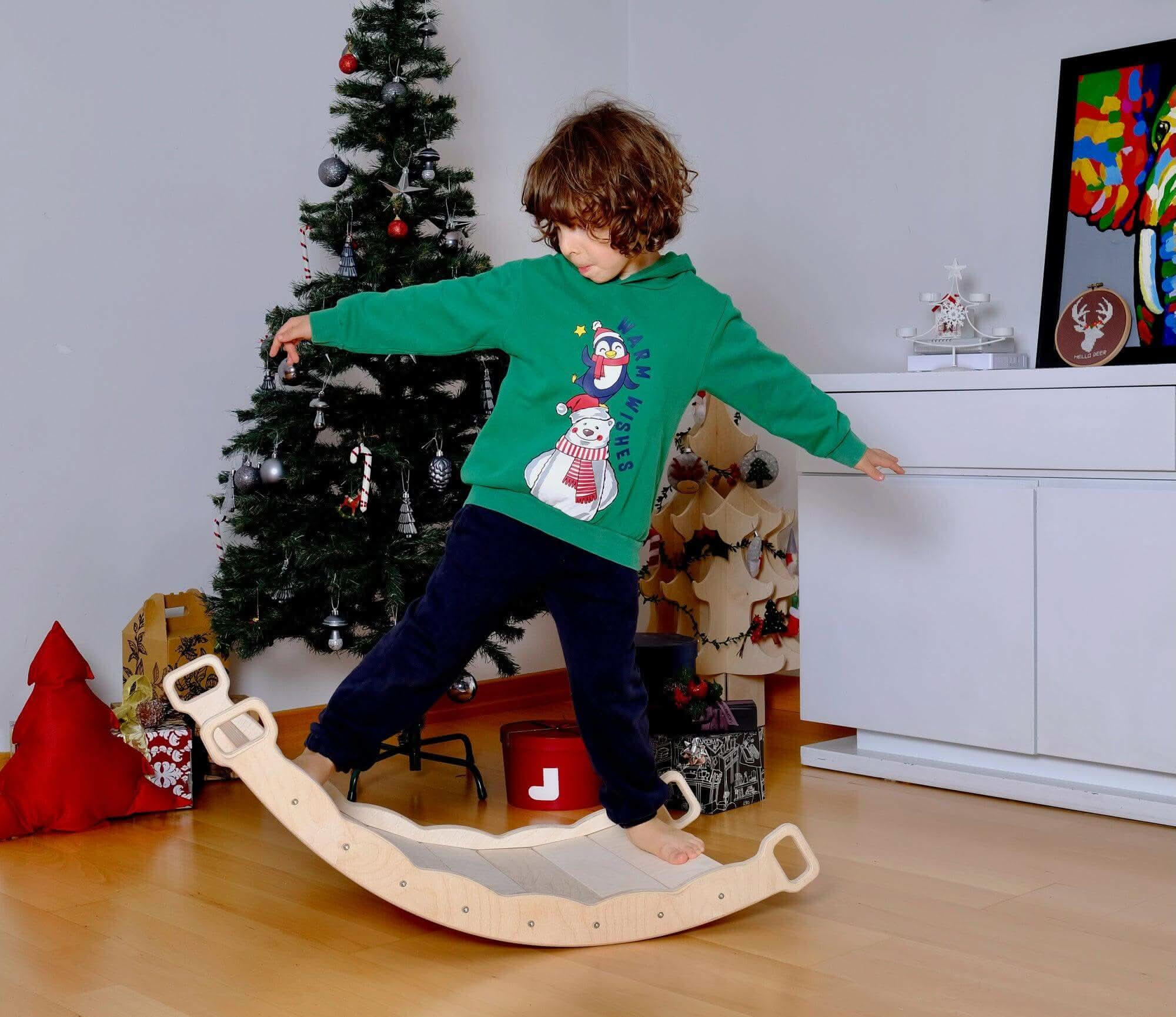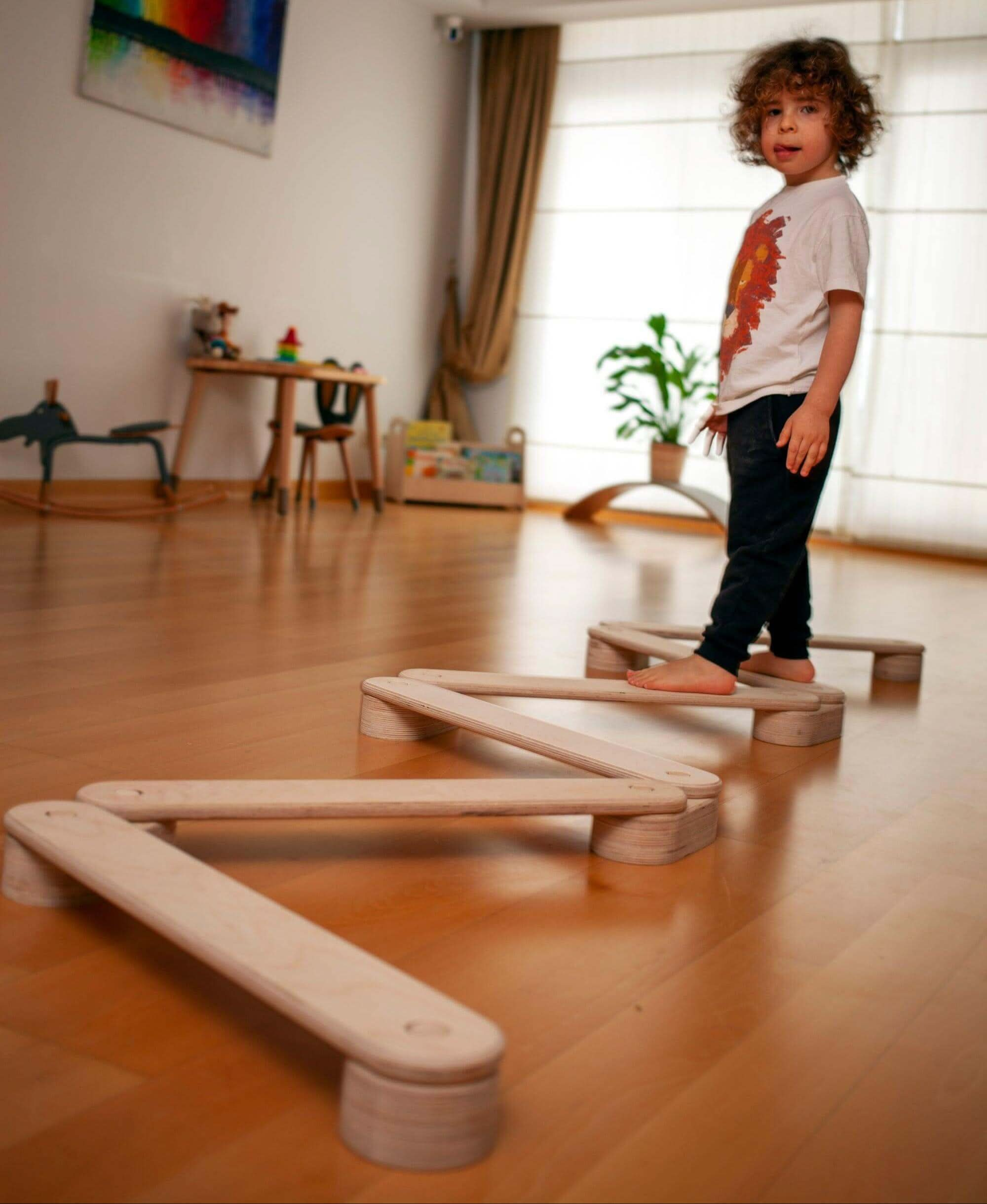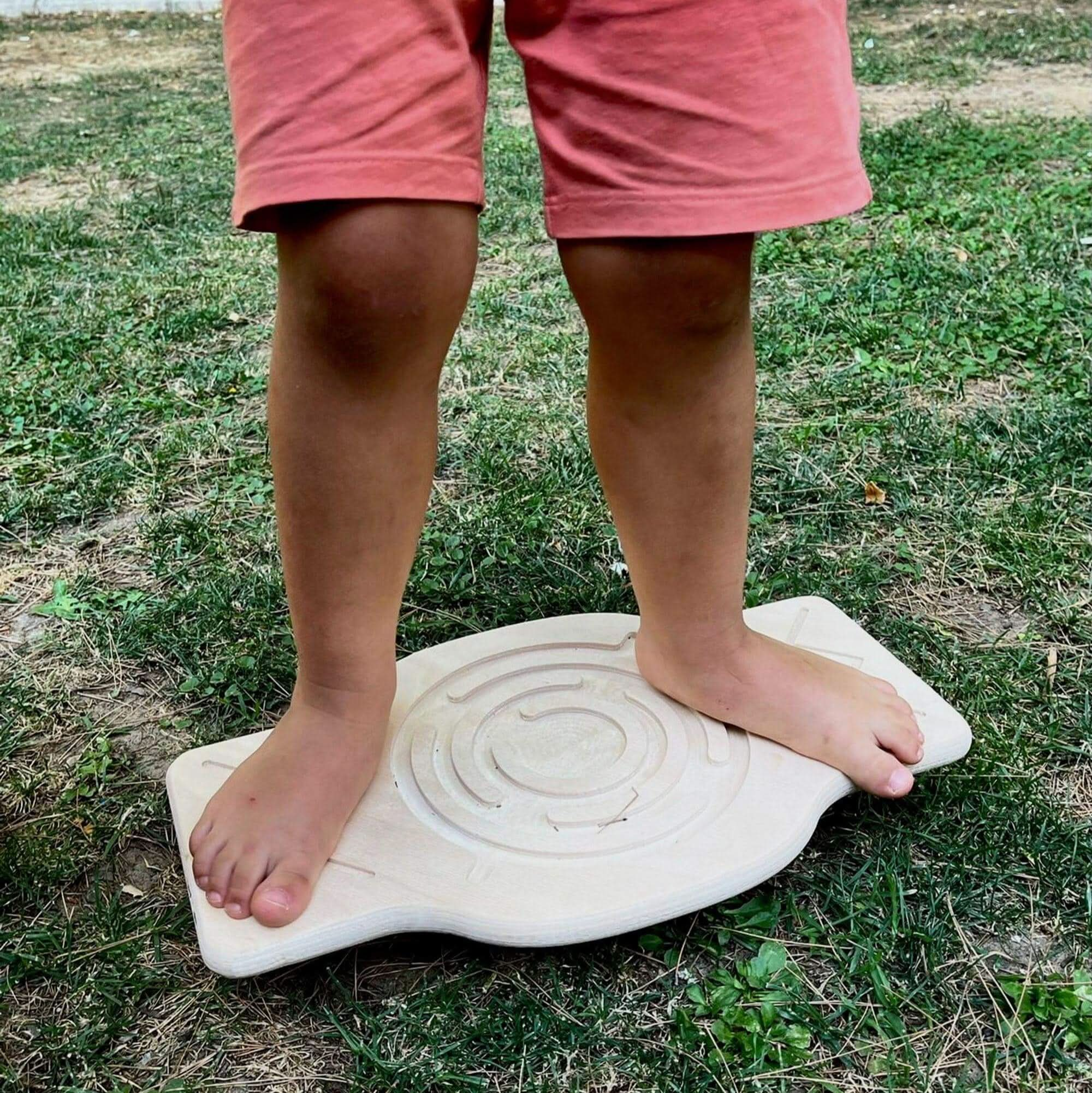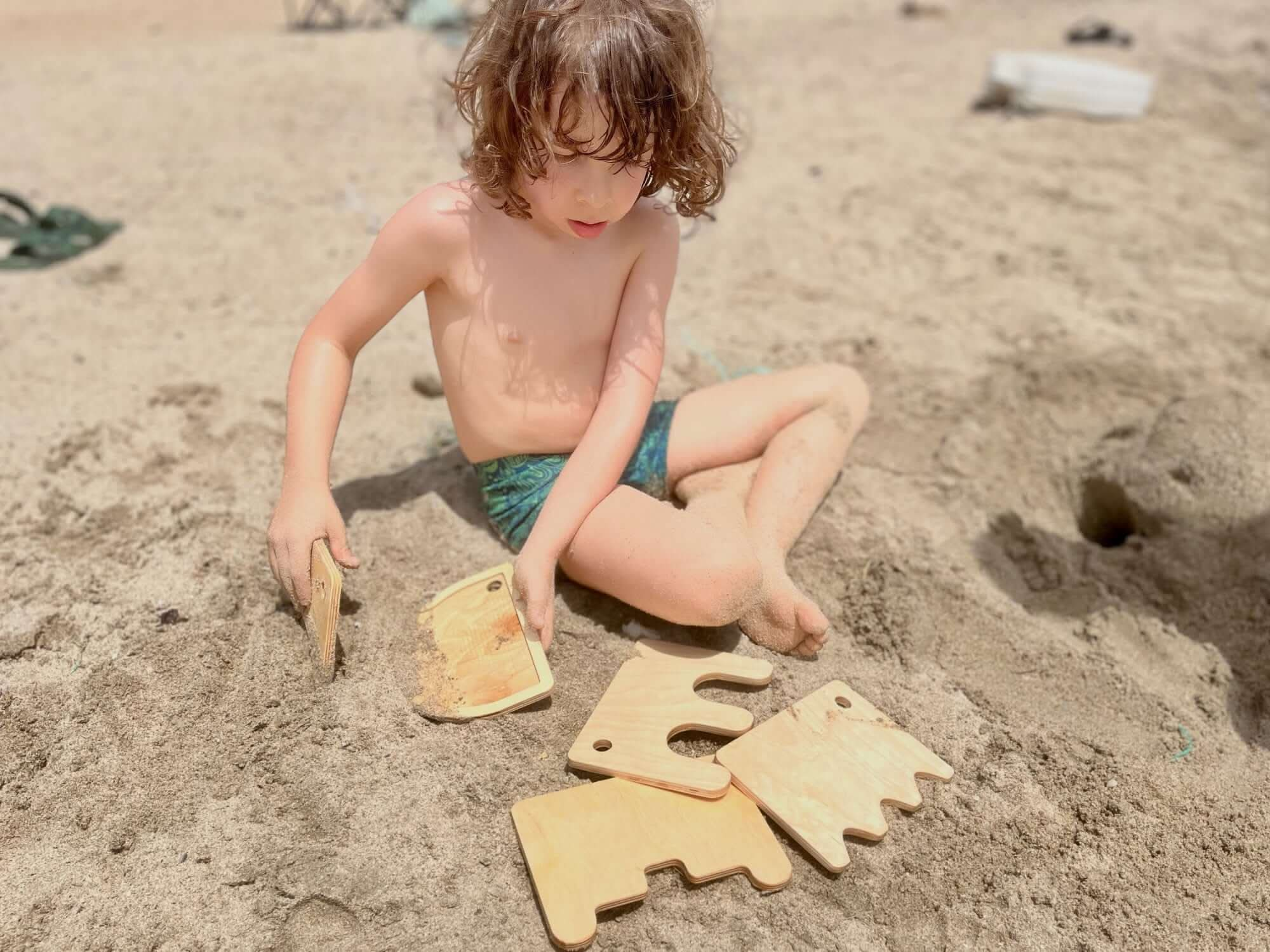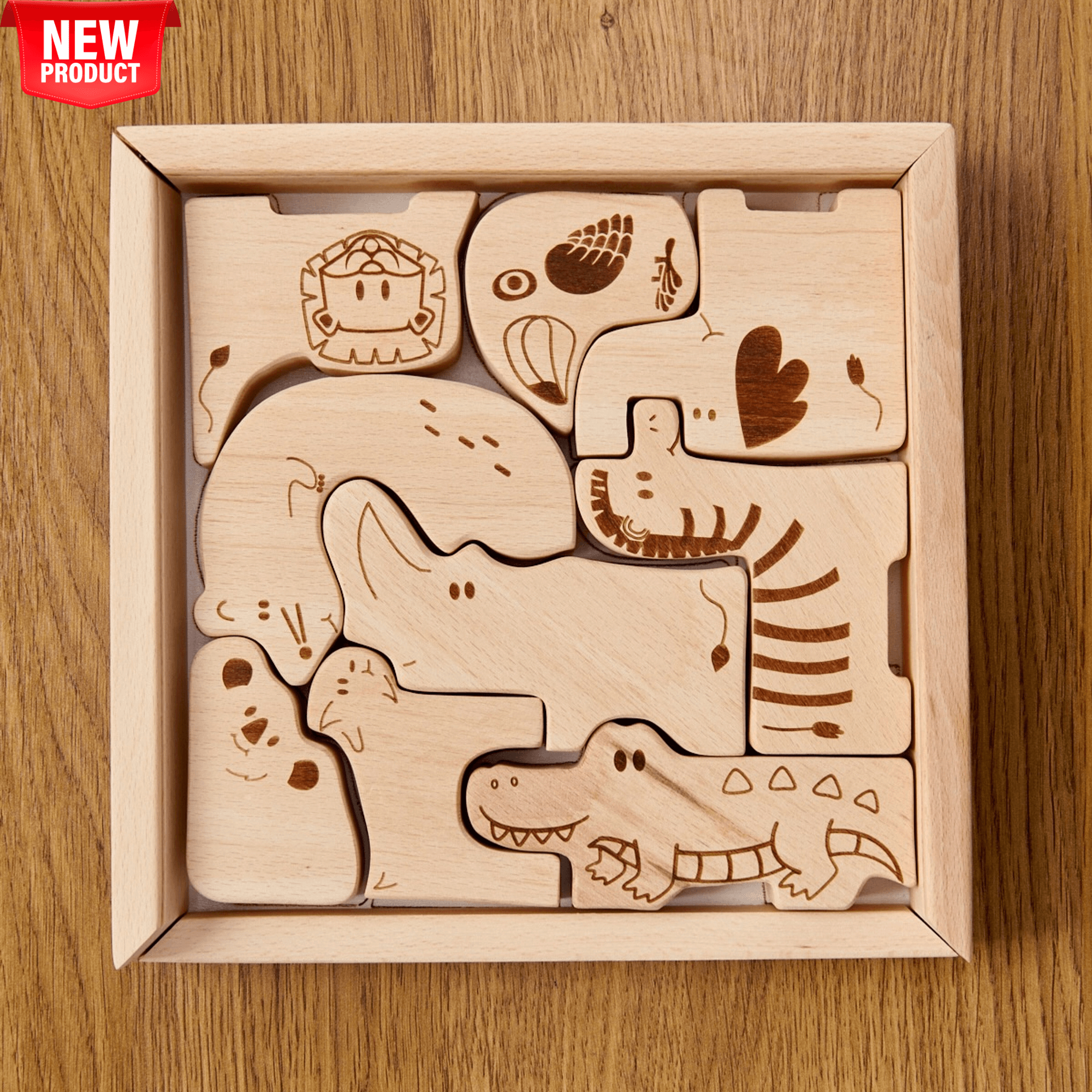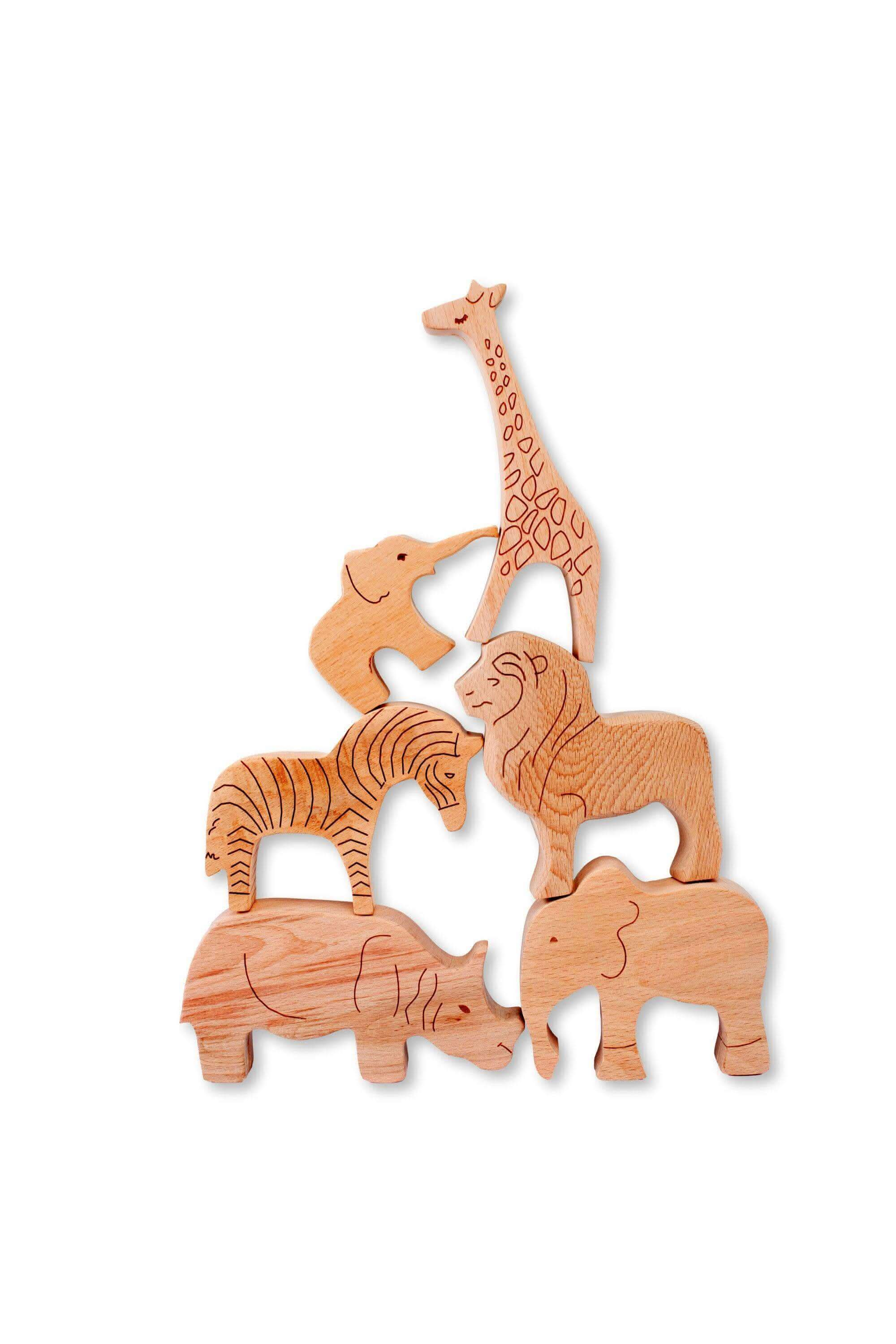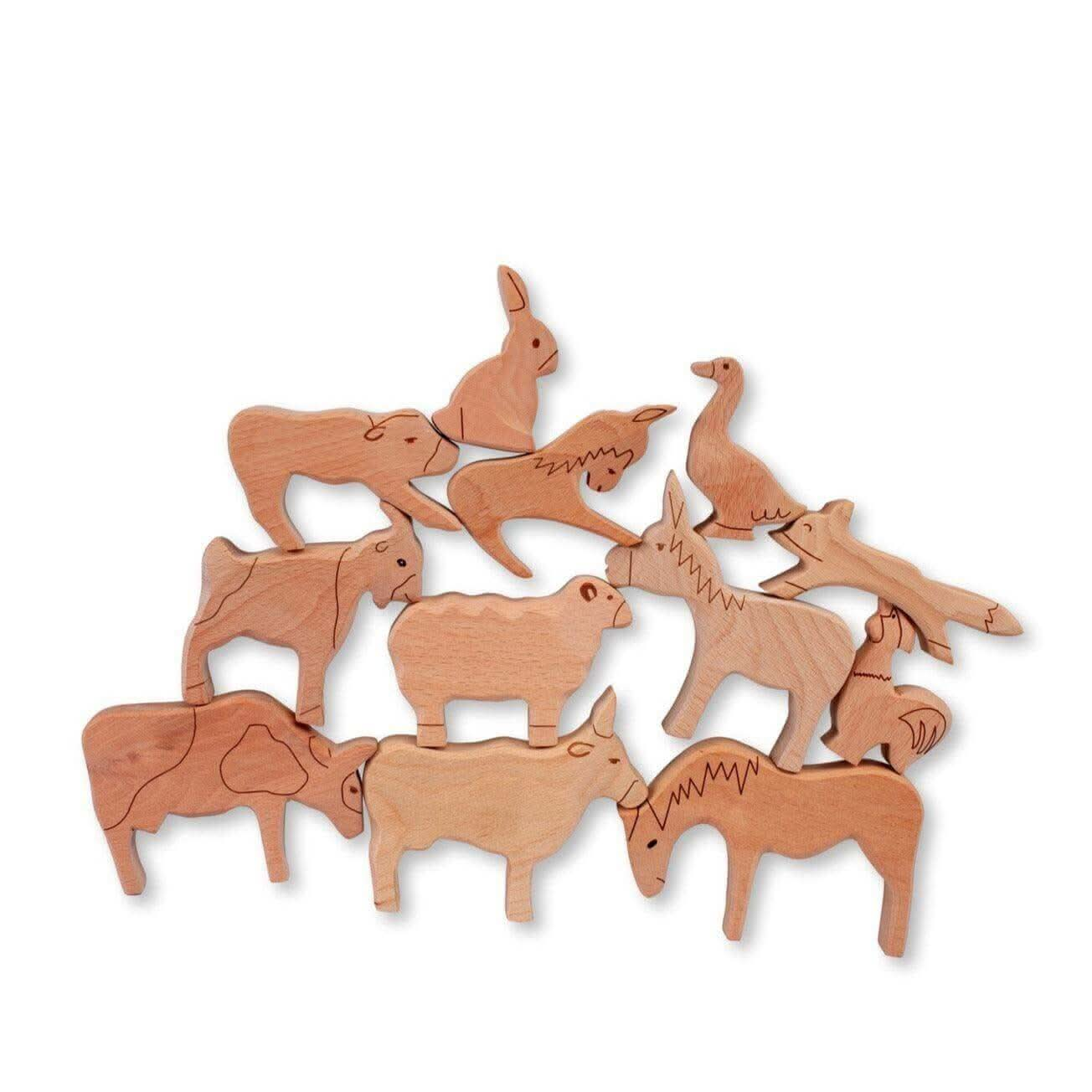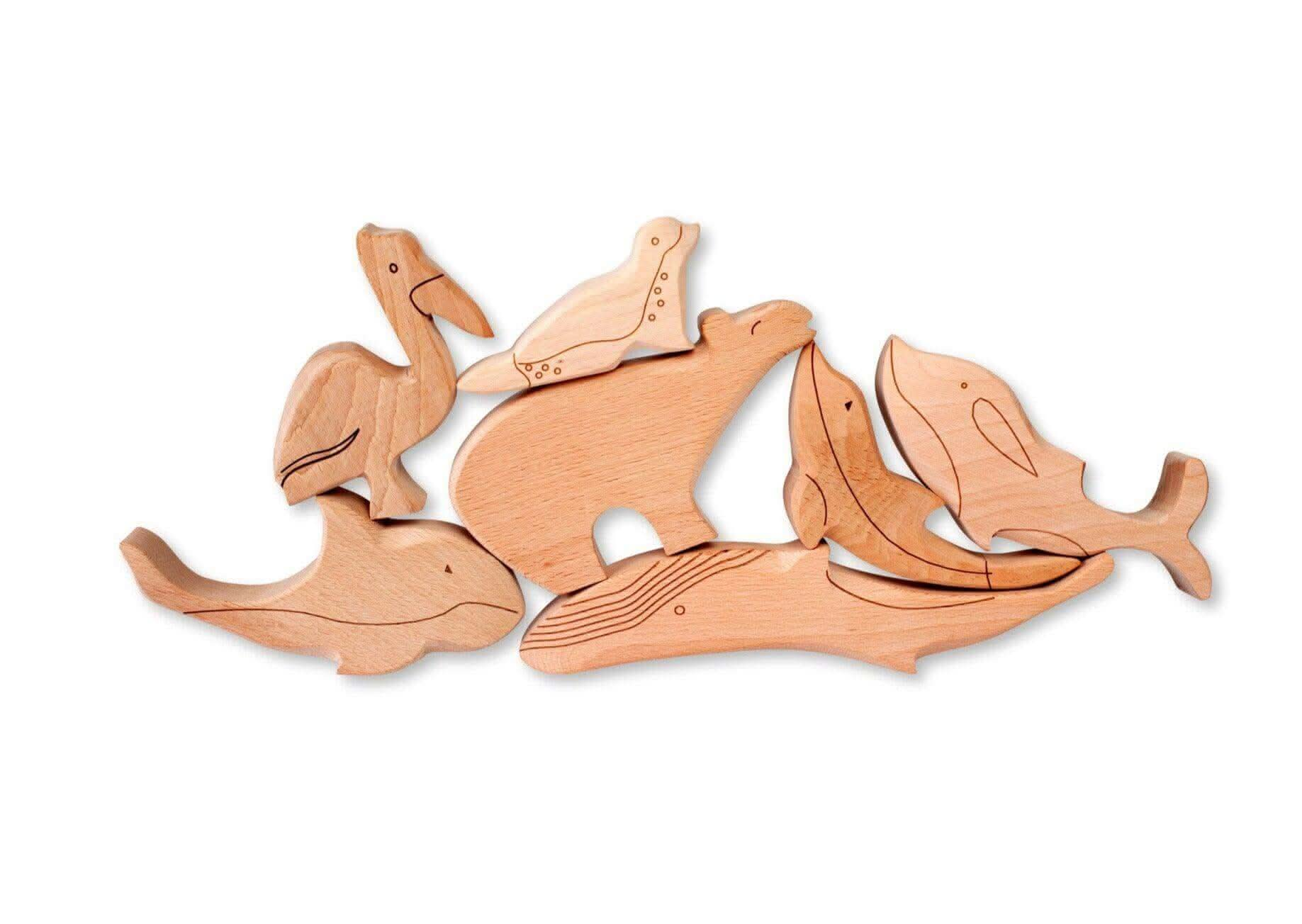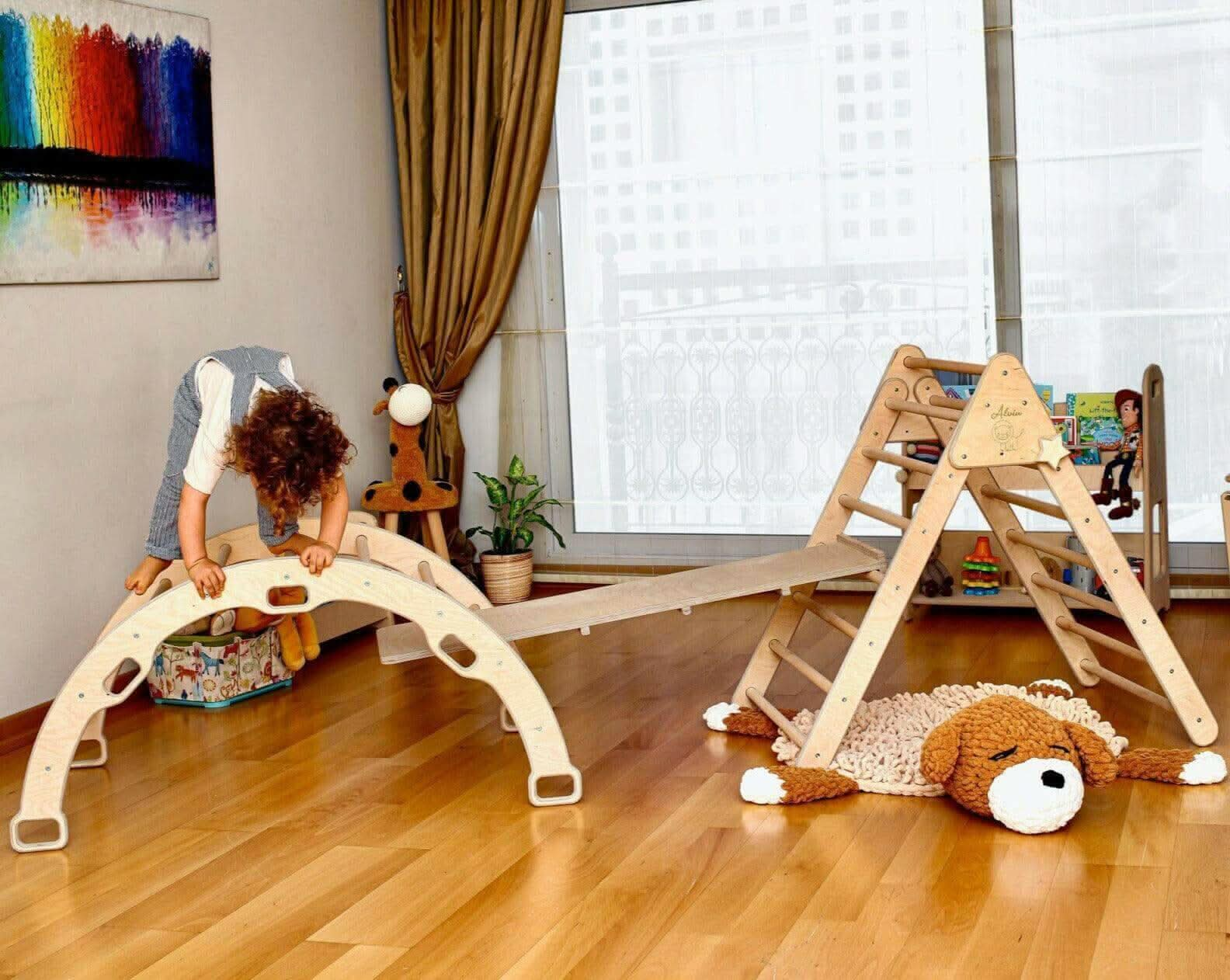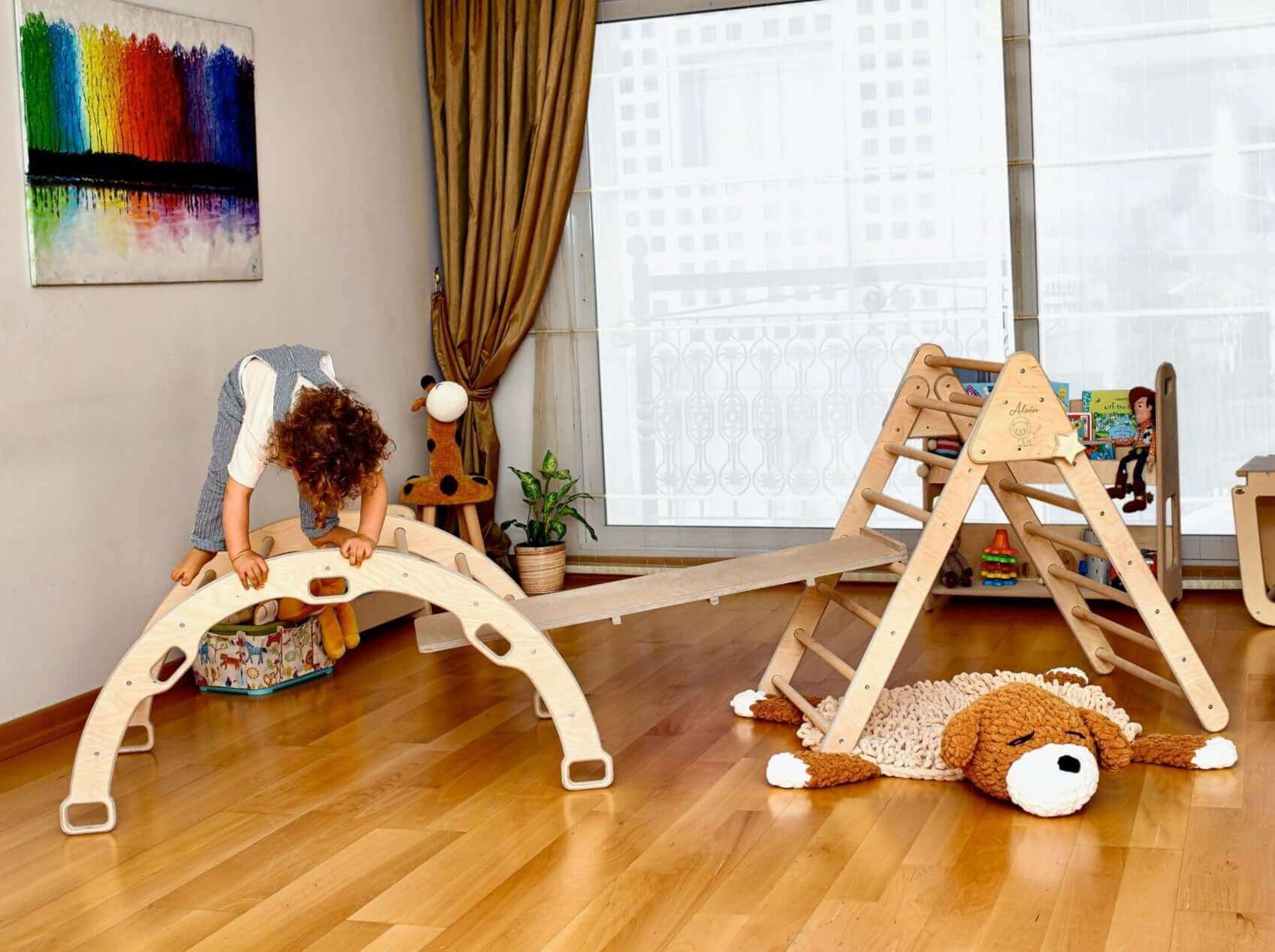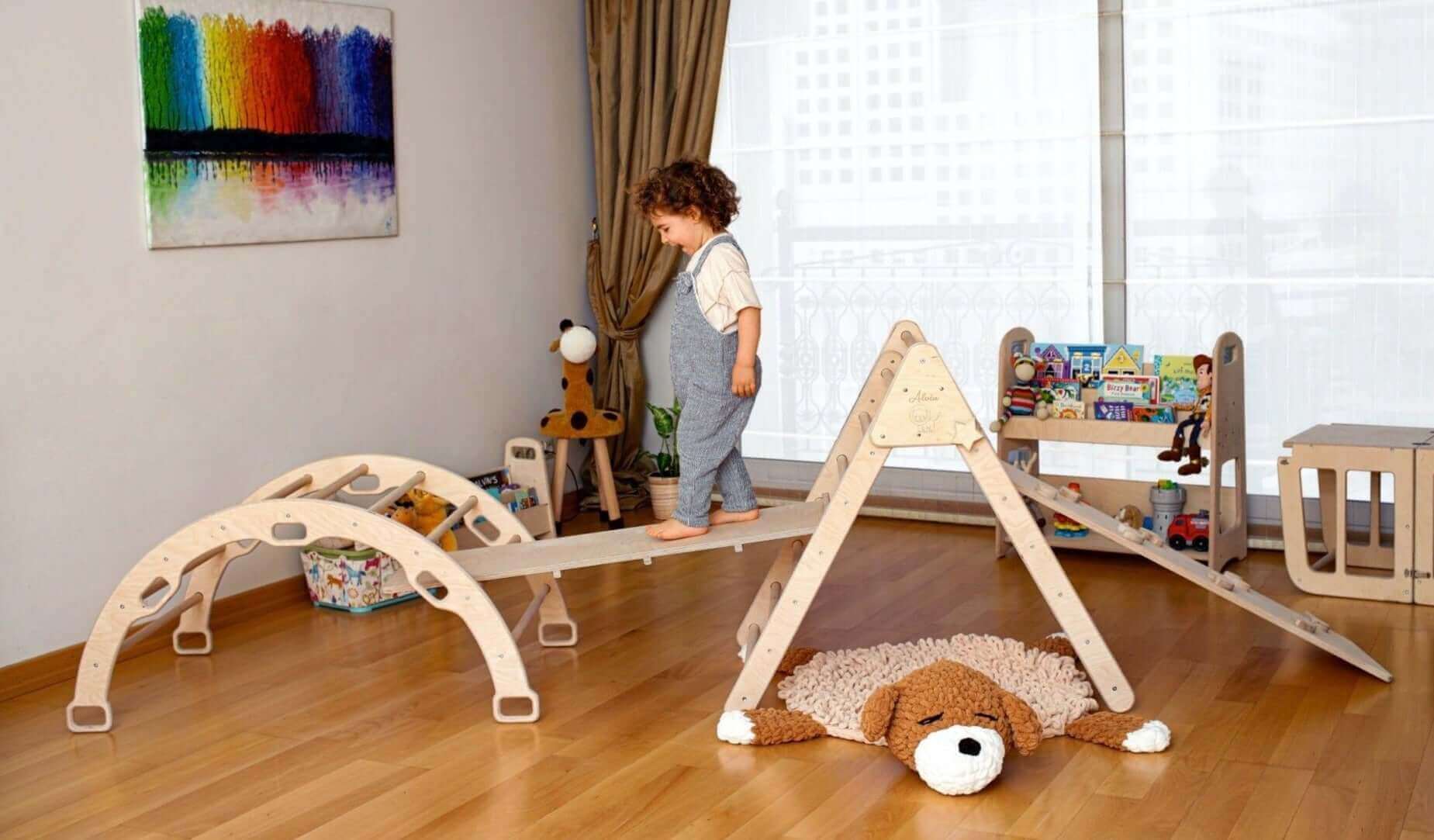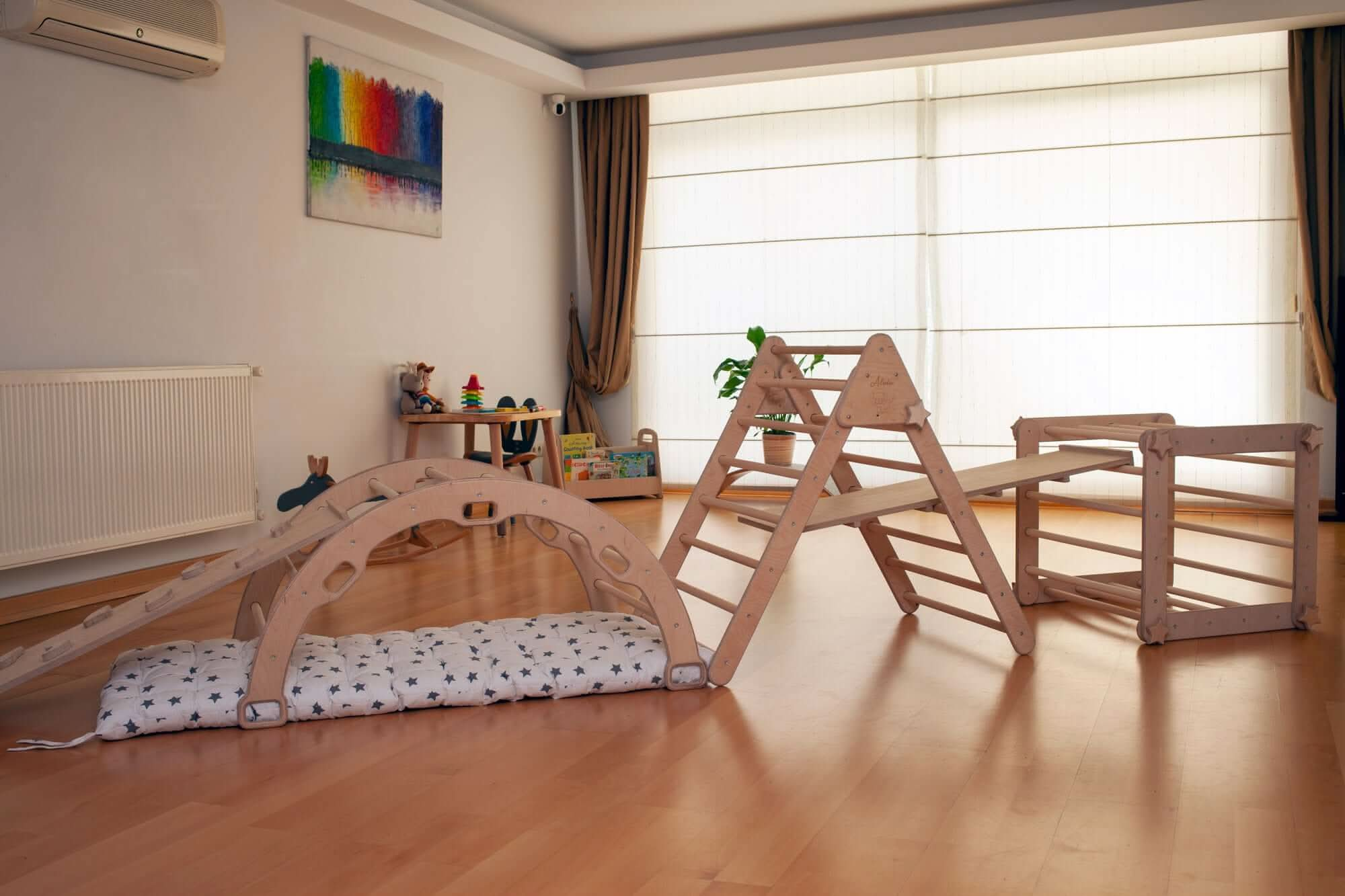10 Essential Skills Every Beginner Rock Climber Must Master
Are you ready to embrace the thrill of defying gravity? Whether you're a budding beginner rock climber or just toying with the idea of scaling new heights, mastering essential skills can transform your experience from daunting to delightful. Rock climbing is not just a sport; it's an exhilarating workout that builds strength, flexibility, and confidence. Plus, it's a fantastic way to connect with nature, especially if you're exploring the great outdoors! Did you know that participation in USA Climbing-sanctioned competitions is on the rise? This reflects a growing interest in climbing techniques, including some nifty rocker skills that can give you an edge on the wall. Source.
But before you grab your first piece of rock climbing gear and head for the nearest boulder, let’s break down some essential skills every beginner should master. Trust us; these are not merely suggestions—they're stepping stones toward becoming one of those awe-inspiring climbers you see conquering towering cliffs and mind-bending routes.
The Rocks Aren't Going Anywhere!
If you're feeling nervous about starting rock climbing, don’t fret! With each climb, you'll not only improve your physical abilities but also develop mental fortitude. The best part? You don't need to be a circus acrobat to begin; we promise you'll find your footing (figuratively and literally!). So lace up those climbing shoes because it’s time to discover what it takes to scale those walls like a pro!
Understanding Rock Climbing Gear
When it comes to rock climbing, having the right rock climbing gear can make all the difference between an epic ascent and a slippery disaster. But don’t worry; you won’t need to break the bank or travel to outer space to get what you need to start your adventure!
Essential Gear for Beginners
- Climbing Shoes: Your trusty companion in every climb. They should fit snugly and provide ample grip to help you cling to those tiny foot holds. Think of them as your superhero boots—minus the cape!
- Harness: This is your safety net (quite literally). A good harness will keep you secure while giving you the freedom to move. Make sure it's comfortable, because you'll be wearing it for a while!
- Chalk Bag: Climbing can get sweaty, especially when you're working hard on those climbing techniques! Chalk helps absorb moisture from your hands, giving you better grip. Plus, it makes you look like a pro!
- Belay Device: This nifty piece of equipment helps manage rope tension when you're climbing with a partner. It’s essential for learning about rock climbing safety and ensuring smooth descents.
- Crash Pads (for Bouldering): If you're venturing into bouldering, these pads are your soft landing spots. Trust us; they’re worth their weight in safety (and they make great picnic spots too!).
The Right Gear for Indoor vs Outdoor Climbing
The type of gear you’ll need can differ based on whether you're tackling indoor rock climbing walls or heading out into nature's playground. Indoor climbs often allow more flexibility since the routes are controlled and safety measures are built-in.
On the flip side, outdoor rock climbing requires additional gear, like ropes, carabiners, and anchors. These tools not only keep you safe but also give you the confidence to explore some of the top rock climbing destinations around.
A Good Investment Pays Off
Your first set of rock climbing gear doesn’t have to be top-of-the-line; just be sure it's suitable for beginners. As your skills improve and if your passion for scaling heights grows (which we bet it will!), consider upgrading your gear.
"The only way to know is by doing; so get out there and start learning!"
Anecdotal evidence suggests that many climbers start with basic equipment before investing in advanced options as they progress in their journey (source: American Alpine Club). So why not take that leap? Get equipped, learn about safety protocols, and soon enough you'll be joining the ranks of famous rock climbers!
Mastering Basic Climbing Techniques
When it comes to rock climbing, having the right mindset is just as crucial as your choice of rock climbing equipment. Mastering basic climbing techniques not only enhances your performance but also keeps you safe and sound while you’re exploring those vertical worlds. So, let’s get you started on those essential moves that transform a beginner rock climber into a confident one!
The Rocker Technique: Finding Your Balance
If you want to climb like the best rock climbers out there, learning the rocker technique is non-negotiable. This technique involves using your body weight effectively and engaging your hips to maintain balance while you reach for the next hold. Think of it as finding your inner monkey—swing with style!
- Keep Your Hips Close: The closer your hips are to the wall, the more balanced you’ll feel. This will make reaching for higher holds much easier.
- Engage Your Core: A solid core is your secret weapon! It helps stabilize your body as you shift positions, allowing you to make those daring moves without wobbling.
- Feet First: Always prioritize footwork. Use precise foot placements and let your legs do most of the lifting. Remember, a strong base leads to a steady ascent!
Grip Techniques: More Than Just Hanging On
Your grip can be the difference between cruising up a route and struggling for every inch. Here are some gripping tips that might just save your fingers:
- Open-Hand Grip: Ideal for wider holds where you can spread out your fingers; it reduces strain and allows better control.
- Pinch Grips: Perfect for those pesky holds that love to challenge you! Squeeze with both hands like you're trying to crush an invisible stress ball.
- Crimp Grip: A go-to for small edges; just make sure not to overdo it—your fingers will thank you later!
Breathe Easy: Mental Focus in Climbing
A common mistake among beginner rock climbers? Holding their breath! Remember, breathing correctly keeps oxygen flowing through those muscles and helps reduce anxiety. Try these simple strategies:
- Breathe Deeply: Before making any move, take a deep breath in—hold it for a moment—and exhale slowly as you reach for the next hold.
- Stay Present: Focus on each movement instead of worrying about how far you've climbed. Embrace each moment—think of yourself as one with the wall!
"Climbing is about pushing boundaries—not just physically but mentally too!"
If you're practicing these climbing techniques on indoor walls or outdoor routes, don't forget that every little bit counts when improving your skills. So grab that chalk bag (because who doesn't want to look cool?), lace up those shoes, and let’s see how high this beginner rock climber can go!
Your journey into the world of climbing has and practice, soon you'll be scaling walls like it's second nature—and who knows? You might even inspire someone else to take their first steps into this exhilarating sport!
Improving Grip Strength for Climbers
When it comes to rock climbing, grip strength is your best friend. After all, what’s the point of learning fancy climbing techniques if you can’t hold onto the wall? For a beginner rock climber, building grip strength is not just helpful; it’s essential. Grab your chalk bag and let’s delve into some effective ways to enhance that all-important grip!
The Power of Finger Exercises
Your fingers are the unsung heroes of climbing. Strengthening them can significantly improve your performance on the wall. Here are a few exercises you can easily integrate into your routine:
- Finger Curls: Using a lightweight dumbbell, perform curls to strengthen the fingers and forearms. Aim for sets of 10-15 reps.
- Putty Pinches: Grab some therapy putty and practice pinching it between your fingers. This exercise mimics the gripping action needed during climbs.
- Hangboard Training: If you're feeling adventurous, invest in a hangboard and start hanging from it—just make sure to progress gradually to avoid injuries!
Climbing-Specific Drills
Incorporating drills specifically aimed at improving grip strength can make your time on the wall even more productive:
- Dead Hangs: Find a pull-up bar or a campus board and hang for as long as you can while keeping your arms straight. This builds endurance in your fingers!
- Pyramid Games: Climb up and down different holds in a pyramid pattern on a climbing wall, focusing on using various grips along the way.
- Bouldering Challenges: Challenge yourself with shorter bouldering routes that require intense grip work without ropes—and bonus points for fun!
The Role of Body Weight
Your own body weight can be an incredible tool for improving grip strength. Consider these tactics:
- Knee Tucks: While hanging from a pull-up bar, bring your knees up to your chest and hold for a few seconds before lowering them back down. This engages both grip strength and core stability.
- Pull-Ups with Variations: Standard pull-ups are great, but mixing in wide-grip or chin-up variations will keep things fresh and challenge those forearms!
The Importance of Rest & Recovery
You may be eager to crush those climbs, but remember: muscles need time to recover! Overworking can lead to injury, which is not how we want our beginner rock climber story to unfold.
"Rest days are just as important as training days—don’t skimp on recovery!"
Aim for 48 hours of rest between intense grip training sessions to allow those muscles time to heal and grow stronger. Pair this with proper nutrition (hello protein!) for optimal results.
If you're looking for something fun yet beneficial at home, consider investing in play equipment like the Montessori Baby Play Climber Set Wooden Climbing Arch Rocker – Kidodido. Not only does it encourage physical activity, but it's also great for improving balance and coordination—from little ones all the way up to aspiring climbers!
Your journey toward enhancing grip strength begins with small steps—and maybe some finger stretches! With consistency and dedication, you'll soon find yourself reaching higher holds with newfound confidence. So go ahead—get climbing!
Building Endurance for Climbers
Endurance is the unsung hero in rock climbing—it's what allows a beginner rock climber to keep pushing through those challenging routes without losing steam. If you want to ascend like a pro and tackle longer climbs, you need to build your endurance just as much as your grip strength or technical skills. So grab a water bottle, and let’s explore some effective methods to elevate your stamina on the wall!
Cardio Conditioning: The Foundation of Endurance
You might be asking yourself, "What does cardio have to do with climbing?" Well, quite a lot! A solid cardiovascular base helps deliver oxygen to your muscles during climbs, reducing fatigue.
- Running or Jogging: Incorporate running into your routine a few times a week. Aim for 20-30 minutes at a comfortable pace; this will enhance your lung capacity and overall fitness.
- Cycling: Whether it's indoor cycling or hitting the trails, cycling is another fantastic way to boost cardiovascular endurance while being gentle on the joints.
- Interval Training: Mix short bursts of high-intensity exercises with periods of rest. Think sprints followed by walking—perfect for mimicking the ups and downs of climbing!
Climbing-Specific Endurance Drills
Why not make your training more fun by incorporating climbing-specific drills? Here are some tried-and-true methods that experienced climbers swear by:
- Route Repeats: Pick an easier route and climb it multiple times in succession without resting too long between ascents. This builds both physical and mental endurance.
- Bouldering Circuits: Create a circuit of bouldering problems (or choose several routes) and move through them back-to-back. This will challenge both your muscles and endurance levels!
- Endurance Climbing Sessions: When you’re at the gym or crag, dedicate sessions to climbing continuously for set periods (e.g., 20 minutes) on easy terrain—just remember to take brief breaks as needed!
The Role of Strength Training
A strong body can hold up under stress longer than a weak one. Strength training focused on your legs, core, and upper body can significantly improve your endurance by making you more efficient in movement:
- Leg Workouts: Exercises like squats and lunges help build leg strength crucial for pushing yourself upward.
- Core Exercises: Planks, sit-ups, and leg raises will engage those critical muscles that stabilize you on the wall.
- Plyometric Training: Think box jumps or burpees! These high-intensity movements improve explosive power which is beneficial during climbs when you need quick bursts of energy.
Nourishing Your Body for Performance
Your body is like an engine; it needs quality fuel to function optimally. Focus on balanced nutrition that supports both endurance training and recovery. Here's what you'll want to consider:
- Hydration is Key: Drink plenty of water before, during, and after climbing sessions to keep those muscles hydrated.
- Nutrient-Dense Foods: Incorporate whole grains, lean proteins, fruits, and veggies into your diet. They provide essential nutrients that aid in muscle repair!
- Sustained Energy Snacks: Don’t forget about energy bars or trail mix when you're out all day! They’ll keep you energized while you're conquering those heights.
"Building endurance takes time; be patient with yourself—it’s all part of the journey!"
If you're looking for creative ways to engage younger climbers in building their strength and coordination (because why should adults have all the fun?), consider investing in equipment like the Montessori Baby Play Climber Set Wooden Climbing Arch Rocker – Kidodido. It promotes active play while encouraging balance—all essential elements for any aspiring rock climber!
Your path toward mastering endurance isn’t just about physical stamina; it's about cultivating persistence and determination both on and off the wall. So don't give up—you’ve got this! Soon enough, you'll be telling tales of how you scaled heights you once thought impossible while embracing every single moment along the way.
Keen Awareness of Rock Climbing Safety
As a beginner rock climber, safety should be your number one priority—it’s the most crucial skill that can make or break your climbing experience. It’s easy to get lost in the excitement of mastering new climbs and techniques, but without a keen awareness of rock climbing safety, you could be setting yourself up for a serious fall (and we’re not just talking about slips on the wall!).
Know Your Equipment Inside Out
Your rock climbing gear is your lifeline when you're scaling walls, so getting comfortable with it is essential. Here are some key points to keep in mind:
- Harness Fit: Ensure your harness fits snugly without being uncomfortably tight. You should be able to slide two fingers between the straps and your body.
- Inspect Your Gear: Before every climb, check all equipment for wear and tear. This includes harnesses, ropes, carabiners, and belay devices. Think of it as the pre-flight checklist—a must for every climber!
- Understand How to Use Your Gear: Familiarize yourself with how to properly secure your harness and tie knots. The more you know about your gear, the safer you will be!
The Buddy System: Climbing Alone? Not a Good Idea!
Climbing with a partner not only makes the experience more enjoyable but also significantly enhances safety. Here’s why:
- Double Check Belay Systems: Always check each other’s gear before starting a climb. A second set of eyes can catch mistakes you might overlook—like that time you forgot to lock your belay device (oops!).
- Moral Support: Having someone by your side can boost confidence and help calm nerves. Plus, they’re there to cheer you on as you conquer new heights!
The Importance of Communication
A strong communication plan is essential when you're climbing with others. Use clear commands so both climber and belayer are on the same page.
- "On Belay": This phrase means you're ready for the climber to start moving up.
- "Climbing": Use this when you're about to ascend—this alerts your belayer that you're ready.
- "Take": If you need slack taken out of the rope or need to pause during your climb, shout this out!
Pacing Yourself: Don’t Rush Upwards!
Naturally, beginner rock climbers may feel eager to tackle challenging routes right away. But remember: patience is key! Rushing through climbs can lead to accidents.
- Tackle One Skill at a Time: Focus on mastering each climbing technique before moving onto something more complex. Taking it slow ensures that you'll build a solid foundation—kind of like building LEGO structures; if one piece isn’t placed right, the whole thing could tumble down!
- Breathe and Assess: Before making any moves, take a moment to breathe deeply and assess your next hold or foot placement while considering safety measures.
"Climbing is not just about reaching the top; it’s about enjoying every step along the way safely!"
No matter where you decide to practice—be it indoor rock climbing facilities or outdoor cliffs—understanding rock climbing will keep you safe enjoy what this exhilarating sport has to offer! So gear up wisely, climb smartly, and remember: there>
If you're introducing younger kids into climbing adventures at home, consider investing in fun yet safe climbing solutions like the essori Baby Play Climber Set Wooden Climbing Arch Rocker – Kidodido. It's way for them to develop confidence and coordination in a controlled environment!
Your journey into rock climbing is just beginning—but with an emphasis on safety first, you'll ensure that it's not just memorable but also safe! Now go forth confidently into those vertical worlds; adventure awaits!
Mental Focus in Rock Climbing
Mental focus is the unsung hero of rock climbing, especially for a beginner rock climber. You might have the grip strength of a gorilla and the endurance of an Energizer bunny, but if your head's not in the game, you could find yourself wobbling at the worst possible moment. So let’s talk about how to stay mentally sharp while you’re tackling those walls!
Mindfulness: The Power of Being Present
First off, let’s embrace mindfulness. It sounds fancy, but it’s really just about staying present., try to focus solely on your movements
- Visualize Your Route: Before you even touch the wall, take a moment to visualize the route ahead placement like a treasure map leading Concentrate on Breathing: Deep help keep anxiety at bay. Inhale confidence; exhale any fears or distractions—like that embarrassing fall from last weekend (we’ve all been there!).
- Limit Distractions: Leave your phone in your bag and tune out unnecessary chatter. Focus on what you're doing right now; after all, social media can wait until after you've summited!
The Importance of Positive Self-Talk
Your your climbing partner) and acknowledge that progress.
The Role of Visualization Techniques
This isn’t just something athletes do before finals—visualization is powerful in climbing too! Here’s how to harness it:
- Mental Rehearsal: Spend time imagining yourself successfully completing climbs. Visualize every movement from start to finish, including how you'll handle tricky sections.
- Create a Mental Anchor: If there's a specific mantra or image that calms you (like an adorable puppy or a tranquil beach), keep it handy as an anchor during tough climbs.
The Art of Staying Calm Under Pressure
No one wants to be that person who freezes with fear midway up the wall! Here are some tips for keeping cool when heights get dizzying:
- Pace Yourself: Take breaks when necessary! A few seconds to reassess can lead to better movements and decisions.
- Knot Your Nerves: If you're feeling overwhelmed, try tying knots with your hands (figuratively speaking) before attempting challenging sections—it can quiet those racing thoughts.
- Breathe Through It:
"Climbing isn't just about physical strength; it requires mental fortitude as well!"
Mental focus in rock climbing is crucial for safety and success alike. As you embark on this thrilling journey into vertical adventures, remember: it's not just about reaching heights; it's about enjoying every moment along the way! With practice and perseverance, soon enough you'll find yourself embracing challenges head-on—or maybe even laughing at past mishaps instead of cringing at them!
If you're looking for fun ways to enhance mental focus while encouraging physical activity for younger climbers at home, consider exploring options like the Montessori Baby Play Climber Set Wooden Climbing Arch Rocker – Kidodido. It’s perfect for developing coordination while having loads of fun—a true win-win!
Your adventure as a rock climber has only just begun! With mental clarity and positivity on your side, there’s no limit to what you can achieve. Now go out there and show those rocks who's boss!
Adapting to Indoor vs Outdoor Rock Climbing
As you embark on your journey as a beginner rock climber, it’s essential to understand how to adapt your skills for both indoor and outdoor climbing. While both environments share the same exhilarating sense of adventure, they each present unique challenges and opportunities that require different approaches.
Indoor Climbing: The Controlled Environment
Indoor rock climbing gyms are like playgrounds for climbers—they offer a safe and controlled environment where you can practice your skills without the unpredictability of nature. Here’s what you need to know:
- Routes Are Defined: Indoor walls have marked routes, making it easier to choose climbs that match your skill level. You’ll find color-coded paths indicating different difficulties, allowing you to focus on mastering specific climbing techniques.
- Consistent Conditions: No surprises here! Climate control means you won’t have to deal with weather changes or rugged terrains. This can help you concentrate on improving your grip strength or endurance without external distractions.
- Safety Features: Most facilities provide padded floors and auto-belays, ensuring a safer experience while you're honing those essential skills. Plus, it's perfect for practicing falls in a low-risk setting!
- Embracing Nature’s Challenges
Once you’ve built confidence indoors, it's time to skills outside! Outdoor rock climbing brings its own set of thrills—and obstacles>, outdoor routes can vary dramatically in texture and hold availability. Be prepared for everything from smooth rock faces to crumbly surfaces that might test your adaptability!
- Gear Up Accordingly: Outdoor climbing typically requires more gear—think ropes, harnesses, carabiners, and quickdraws to ensure safety while ascending vertical landscapes. Don’t forget your essentials; they’re crucial for enjoying the best rock climbing destinations out there!
- The Great Outdoors Awaits: Experience breathtaking views and fresh air as you conquer natural formations! Engaging with nature adds an entirely new layer of enjoyment (and a great backdrop for those Instagram shots!).
Mental Shifts: From Gym to Crag
The transition from indoor to outdoor climbing isn’t just physical; it requires mental adjustments too. Here are some tips:
- Pace Yourself: While indoor climbs often encourage speed, outdoor climbing may require slower pacing—especially if you're navigating challenging routes. Take your time and savor the journey!
- Embrace Problem-Solving: Outdoor routes often present unique challenges that force you to think creatively about foot placements and sequences. Channel your inner problem-solver—climbing is as much about strategy as it is about strength!
- Learn from Nature: Each climb will teach you something new about terrain awareness and environmental hazards like loose rocks or sudden weather changes. Treat each outing as an opportunity for growth.
"The rocks aren't going anywhere; take the time to learn how best to tackle them!"
The adjustment between indoor and outdoor rock climbing is all part of becoming a well-rounded climber. So whether you're scaling gym walls or real cliffs, remember this: adaptability is key! With every climb—be it indoors or outdoors—you'll gain invaluable experience that can elevate your skills.
If you're looking for ways to get kids excited about physical activity while honing their coordination at home, consider fun options like the Montessori Baby Play Climber Set Wooden Climbing Arch Rocker – Kidodido. It’s perfect for fostering confidence in movement while having fun!
Your journey into the world of rock climbing is just beginning! Each step up those walls brings new lessons—so strap on that harness with confidence and prepare yourself for thrilling heights ahead.
Familiarity with Popular Rock Climbing Routes
As a beginner rock climber, knowing your way around popular rock climbing routes can be the key to unlocking new adventures. Think of these routes as the ultimate playgrounds for your climbing aspirations! Each offers unique challenges and experiences that help you grow, develop technique, and boost confidence. So grab your climbing shoes and let’s explore some must-know routes!
The Classics: Must-Visit Rock Climbing Destinations
- Yosemite National Park (California): Famous for its stunning granite cliffs, including El Capitan, this destination is a rite of passage for climbers. There are routes for all skill levels, from beginner-friendly spots to the epic challenges faced by the best rock climbers!
- Joshua Tree (California): With thousands of climbs scattered throughout its unique rock formations, Joshua Tree is perfect for outdoor rock climbing enthusiasts. Plus, it offers plenty of bouldering opportunities—ideal for honing your grip strength!
- Red River Gorge (Kentucky): Known for its steep limestone cliffs and diverse routes, this area provides a playground for climbers seeking both sport climbing and traditional options. Don’t miss out on its beautiful natural scenery while you climb!
Indoor Climbing Routes: A Great Starting Point
If you're just beginning your climbing journey, indoor rock climbing facilities can be a fantastic way to build your skills in a controlled environment. Most gyms feature:
- Boulder Problems: Perfect for improving strength without needing ropes or harnesses. These short climbs often feature fun holds that keep things interesting.
- Top-Rope Routes: Ideal for beginners as they provide a safety net with ropes anchored above. Focus on mastering those essential techniques without worrying about falls.
- Lead Climbing Walls: Once you feel confident, try lead climbing! It involves clipping into quickdraws along the route—an exciting step toward advanced techniques.
The Importance of Route Familiarity
Your comfort with various routes can significantly impact your confidence level and performance as a beginner rock climber:
- Route Reading Skills: Learning to read routes before you start helps you plan movements effectively. Take time to study holds and foot placements; it’s like assembling a puzzle before diving in!
- Pacing Yourself: Familiarity allows you to gauge how fast or slow you should approach each climb based on past experiences—or maybe even learn from someone else’s mishaps (yikes!).
- Building Endurance & Technique: Regularly tackling specific routes allows you to hone both endurance and techniques—it’s like having practice rounds before the main event!
"Climbing isn’t just about reaching the top; it’s about enjoying the process along the way!"
Diving into popular rock climbing routes enables beginners like yourself to experience growth alongside thrills! Each ascent teaches valuable lessons—not only about technique but also about resilience and adaptability in overcoming challenges.
Montessori Baby Play Climber Set Wooden Climbing Arch Rocker – Kidodido. It's all about fostering their love for adventure right from an early age!
Your journey continues as you set off towards both familiar routes and new heights! Embrace every opportunity to climb—and remember: each hold counts toward becoming the best version of yourself on that wall.
Learning from the Best Rock Climbers
Learning from the best rock climbers can provide invaluable insights that can elevate your climbing game from novice to rockstar. After all, who better to guide you than those who have already conquered the heights? These incredible athletes have not only mastered climbing techniques but also developed vital mental strategies and safety practices that can pave your way to success.
Study Their Moves
Ever watched a video of a famous climber effortlessly scaling a daunting route? It’s mesmerizing! By analyzing their techniques, you can pick up tips on footwork, grip styles, and body positioning that might be game-changers for you:
- Watch and Learn: Platforms like YouTube or climbing documentaries often showcase top climbers in action. Pay attention to how they navigate tricky sections—this is pure gold for a beginner rock climber.
- Mimic and Adapt: Once you identify techniques that resonate with you, practice them on the wall. Whether it’s their unique foot placements or fluid body movements, adapting these methods can enhance your climbing prowess.
Learn About Their Training Regimens
The best rock climbers don’t just ascend; they train hard! Understanding their training routines gives you a glimpse into how they maintain grip strength, endurance, and agility:
- Strength Training: Many elite climbers incorporate strength training into their routines. Focusing on core stability and upper body strength helps them tackle difficult climbs with ease.
- Specific Drills: Look for drills used by famous climbers—every bit of knowledge helps! Whether it's hangboard workouts or bouldering challenges, these targeted exercises can dramatically improve your performance.
The Importance of Mental Toughness
The physical aspect of climbing is crucial; however, mental focus is what truly sets top climbers apart. They often share strategies that can help you stay composed in challenging situations:
- Visualization Techniques: Many successful climbers use visualization before tackling difficult routes. Picture yourself completing each section successfully; this mental rehearsal builds confidence!
- Breathe Through Fear: Learning to manage anxiety and fear is essential in climbing. Use deep breathing techniques to calm those nerves before making challenging moves.
Anecdotes from the Climbing Community
Anecdotal evidence suggests that many aspiring climbers find mentorship invaluable. Connect with local climbing communities or online forums where experienced climbers share their journeys. You'll discover tips and tricks while building camaraderie among fellow enthusiasts!
"Climbing is as much a mental challenge as it is physical—mastering both will set you apart!"
If you're looking for ways to inspire younger generations in climbing—as they heed expert advice—consider introducing them to engaging activities such as using the Montessori Baby Play Climber Set Wooden Climbing Arch Rocker – Kidodido. It fosters coordination and creative play while instilling early love for movement!
The path to becoming an accomplished rock climber involves learning from others who have blazed the trail ahead of you. So take notes from those who’ve ascended before—you’re bound to uncover knowledge that will propel your journey upward!
Tapping into Training Programs for Climbers
As a beginner rock climber, tapping into structured training programs can be a game changer in elevating your skills. These programs are designed to enhance your climbing techniques, grip strength, and overall fitness while keeping you engaged and motivated. Just like reading from a recipe book, having a plan can guide you to success without the guesswork!
The Benefits of Training Programs
- Structured Progression: Training programs lay out a clear path to improvement. You'll be introduced to specific skills each week, allowing you to build on what you've learned without feeling overwhelmed.
- Diverse Workouts: With various exercises tailored to rock climbing, you'll avoid the dreaded workout monotony. From strength training sessions to endurance drills, there's always something new and exciting on your schedule!
- Expert Guidance: Many programs are designed by seasoned climbers or trainers who understand the nuances of the sport. Their insights can help you avoid common pitfalls that many beginner rock climbers face.
Types of Training Programs to Consider
Whether you're looking for something online or prefer in-person coaching, there are myriad options available:
- Climbing Gyms: Most climbing gyms offer training classes that focus on specific skills and techniques. Check for beginner sessions that can cater to your needs while fostering camaraderie with fellow climbers.
- Online Platforms: From mobile apps to websites, numerous platforms provide access to training routines and instructional videos. You can learn at your own pace—perfect for those with busy schedules!
- Local Climbing Clubs: Joining a climbing club can connect you with experienced climbers who often lead training sessions and workshops—great for absorbing knowledge from those who have been there!
A Sample Weekly Training Routine
If you're ready to dive into a program but don’t know where to start, here's an example of week might look like:
- Monday: Strength & Conditioning
- Plyometric exercises (box jumps, burpees)
- Core workouts (planks, sit-ups)
- Dumbbell finger curls for grip strength
- Wednesday: Technique Focus
- Bouldering session emphasizing different grips (open hand vs crimp)
- Mimicking moves from famous rock climbers using videos as guides
- Friday: Endurance Climbing Session
- Select an easier route and climb continuously with brief rests (20 minutes on the wall)
- Pacing yourself is key—embrace the process!
- Saturday: Active Recovery
- < li>Simpler activities like yoga or stretching focused on flexibility—a great way to enhance recovery!
The Importance of Consistency and Patience
The key takeaway from any training program is consistency. Progress will come over time—you won't become the next climbing superstar overnight! Remember that every little effort counts toward building skills that will serve you well in your climbing journey.
"Every climb begins with a single step; each training session compounds into mastery!"
If you're looking for ways to incorporate fun physical activities into children's lives at home while they develop essential motor skills, consider gear like the Montessori Baby Play Climber Set Wooden Climbing Arch Rocker – Kidodido. It promotes active play while encouraging confidence in movement!
Your adventure as a beginner rock climber is only just starting. By investing time into structured training programs, you'll set yourself up for success while also discovering new heights both literally and figuratively! So get ready to strap on those shoes—it's time to climb higher than ever before!


